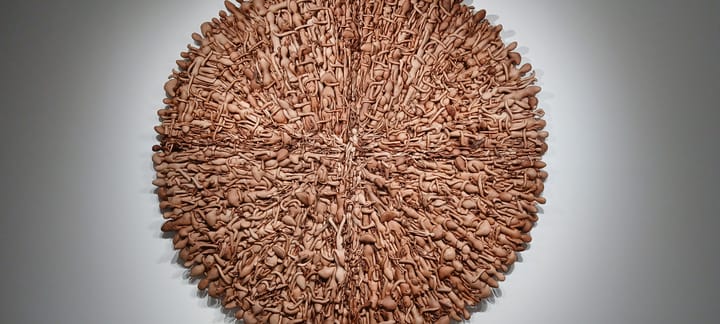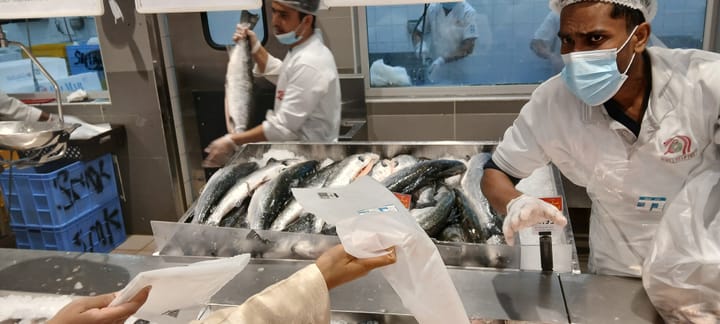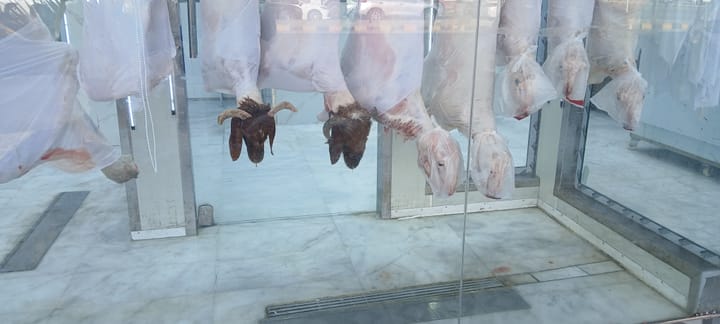At Turaif and Al Muruj المروج وَ الطُّرَيْف: further explanations
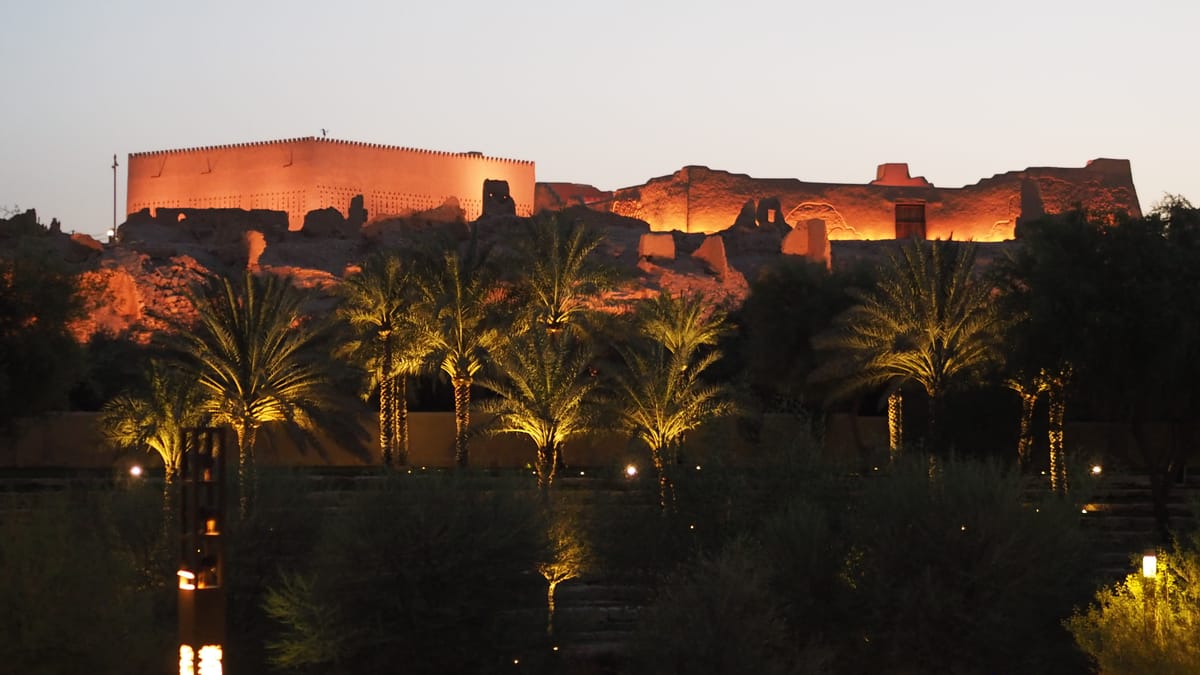
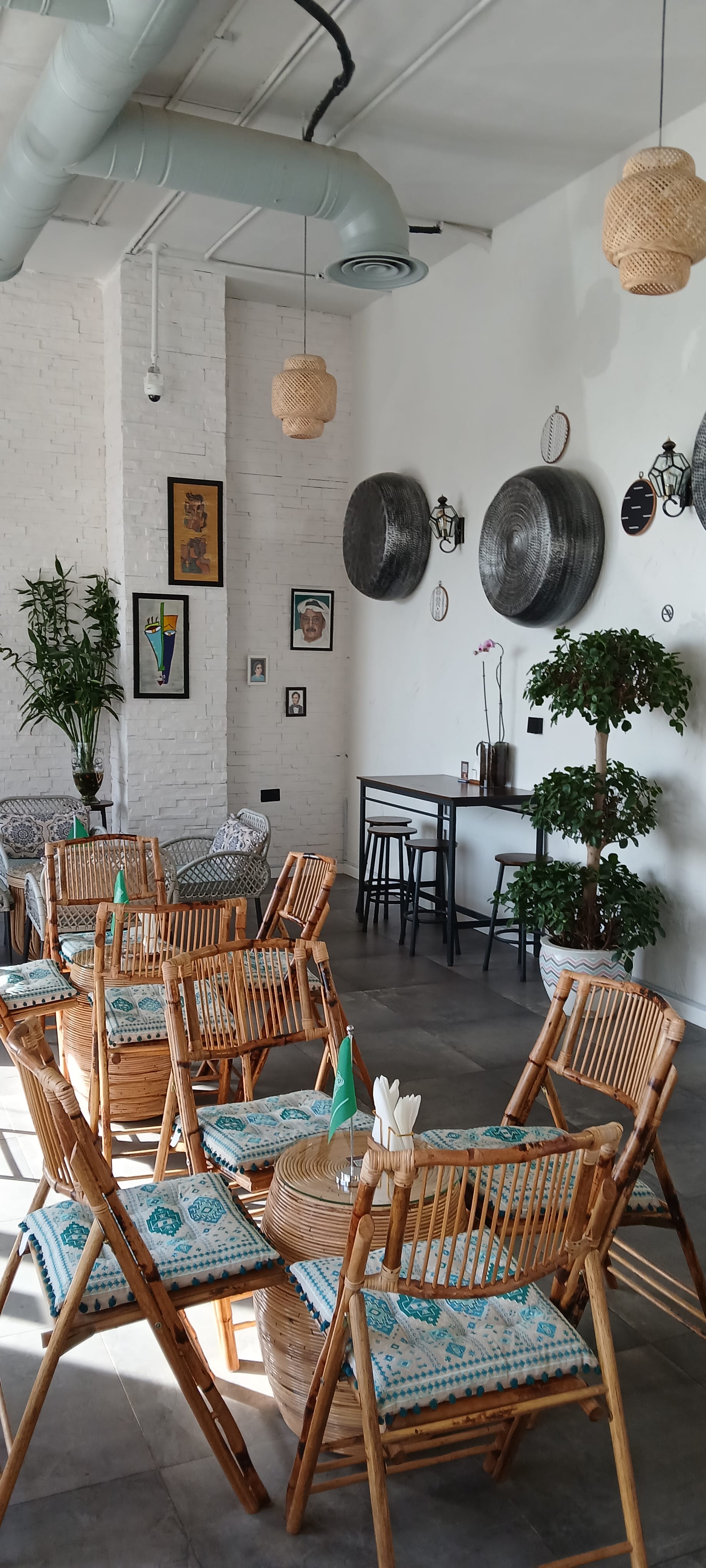
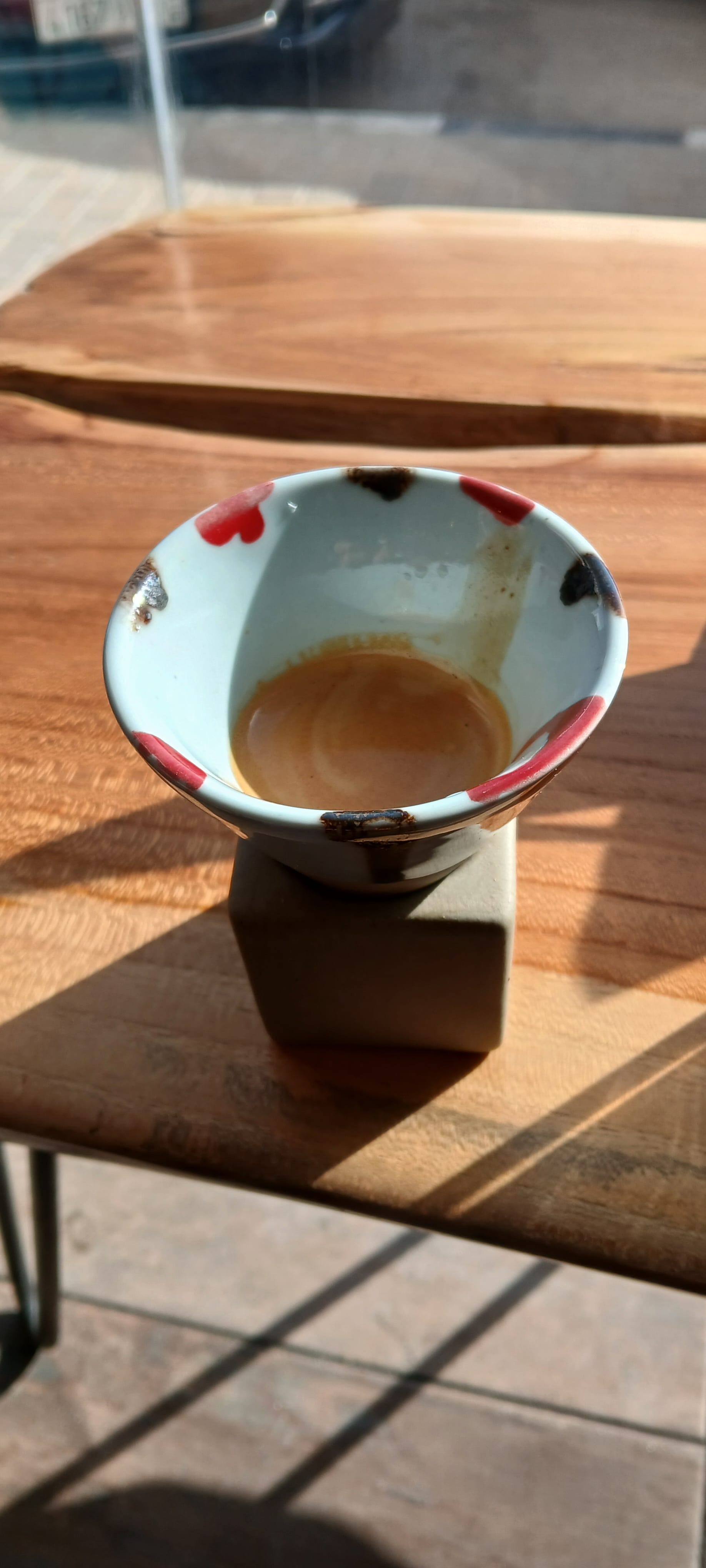
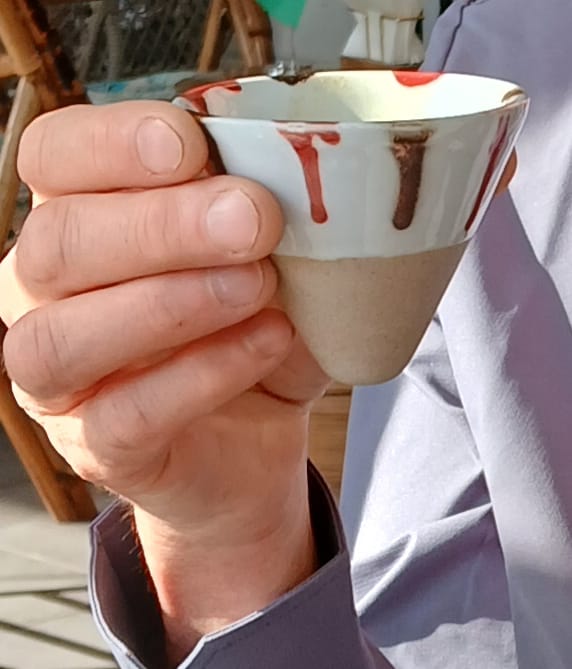
. . . it was Ethiopian, came in a small block of stone, cost noncompetitively @NZD5, but that was not all: this café, called Passion with a symbol for wheat, advertised itself as a bakery, we were hungry for breakfast bread (it might even have been the day I arrived, since I got in at 4.30am having been fed once in 30 hours), and as advertised, there in the display case were approximately 7 baked goods, different croissant-themed things, and on its top, two loaves of bread, what's more, the rear of the café boasted a fully-equipped glassed-in bakery in gleaming stainless steel, like in a showroom, and there were two young guys to bake. . . Bread, we asked. Yes. Two, we said.
The counter guy reached for one of the two loaves. Brown or white? Both, we said. Two? Two. Two? Yes. One of each colour.
Non-counter guy went and got the standby brown one. Counter guy started feeding the counter loaf into a machine which had sprung to life. First, he put his whole body weight against the loaf to feed it through. Second, he grabbed the crowning loaf, his arms disappearing into the machine up to his elbows.
We expected blood to spray out and the machine shook itself all over the bench, sounding as though it was sawing through bone. Counter guy proudly presented his loaf of sliced bread and then started the process all over again with the brown loaf. And, we'll take an almond croissant, which looked like a small round bread pudding. A couple of minutes. OK. We'll have a coffee. See above.
Non-counter guy disappeared into the bakery. It was unclear what he was doing. After some time he reappeared and presented us with a boxed, wrapped, bagged object, which, when we got it home, having jointly speculated as to whether he'd baked it, heated it or was simply wrapping it, was more on the stale side than not, but then, at the equivalent of NZD20 a loaf, so was the bread.
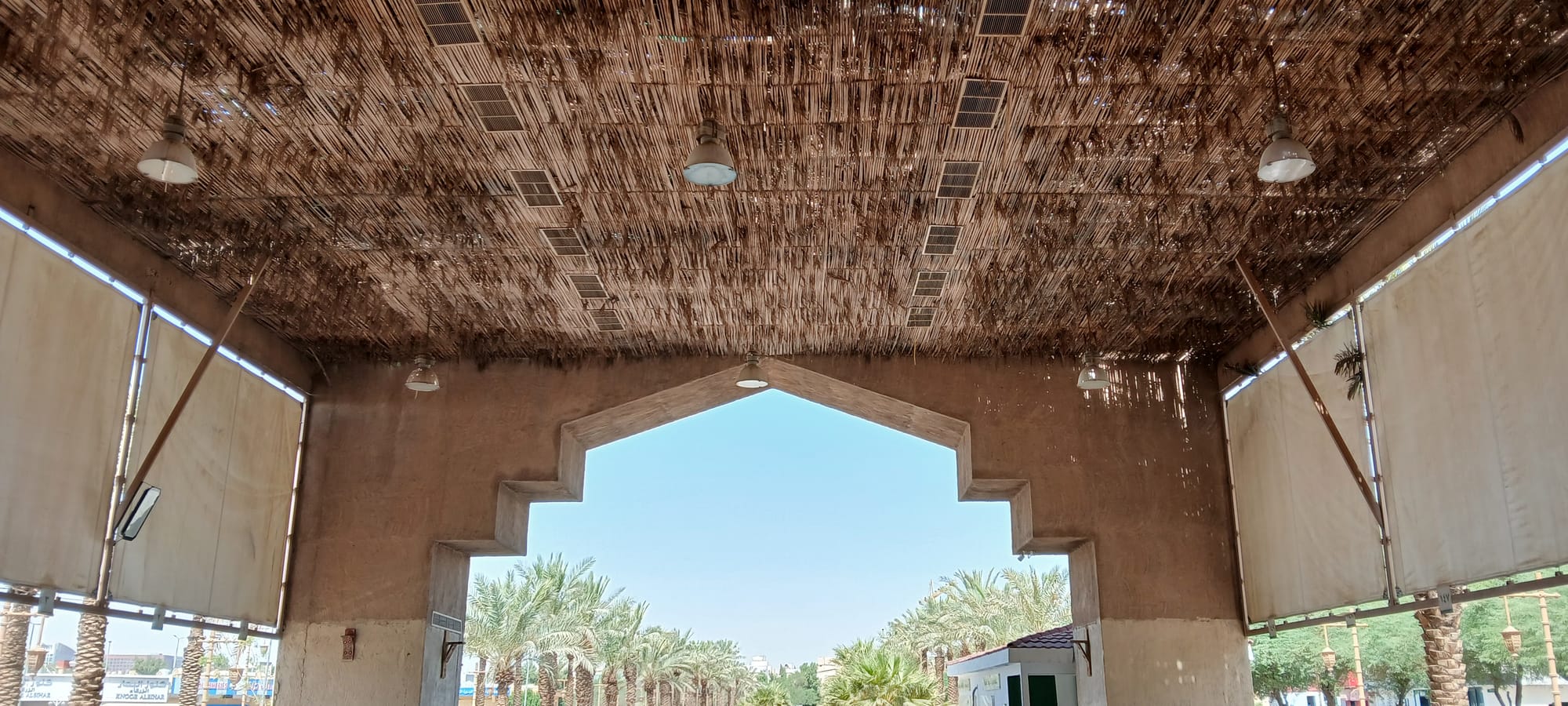
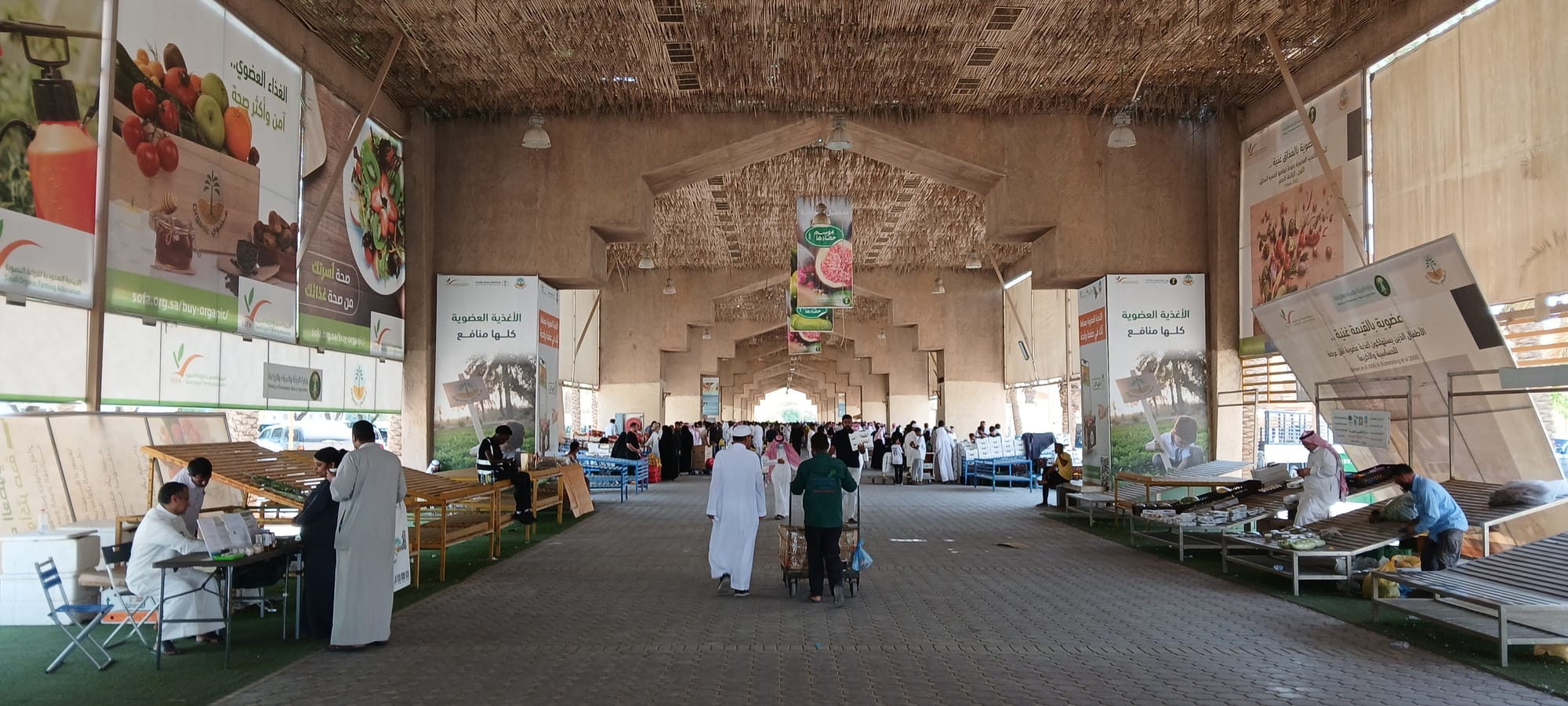
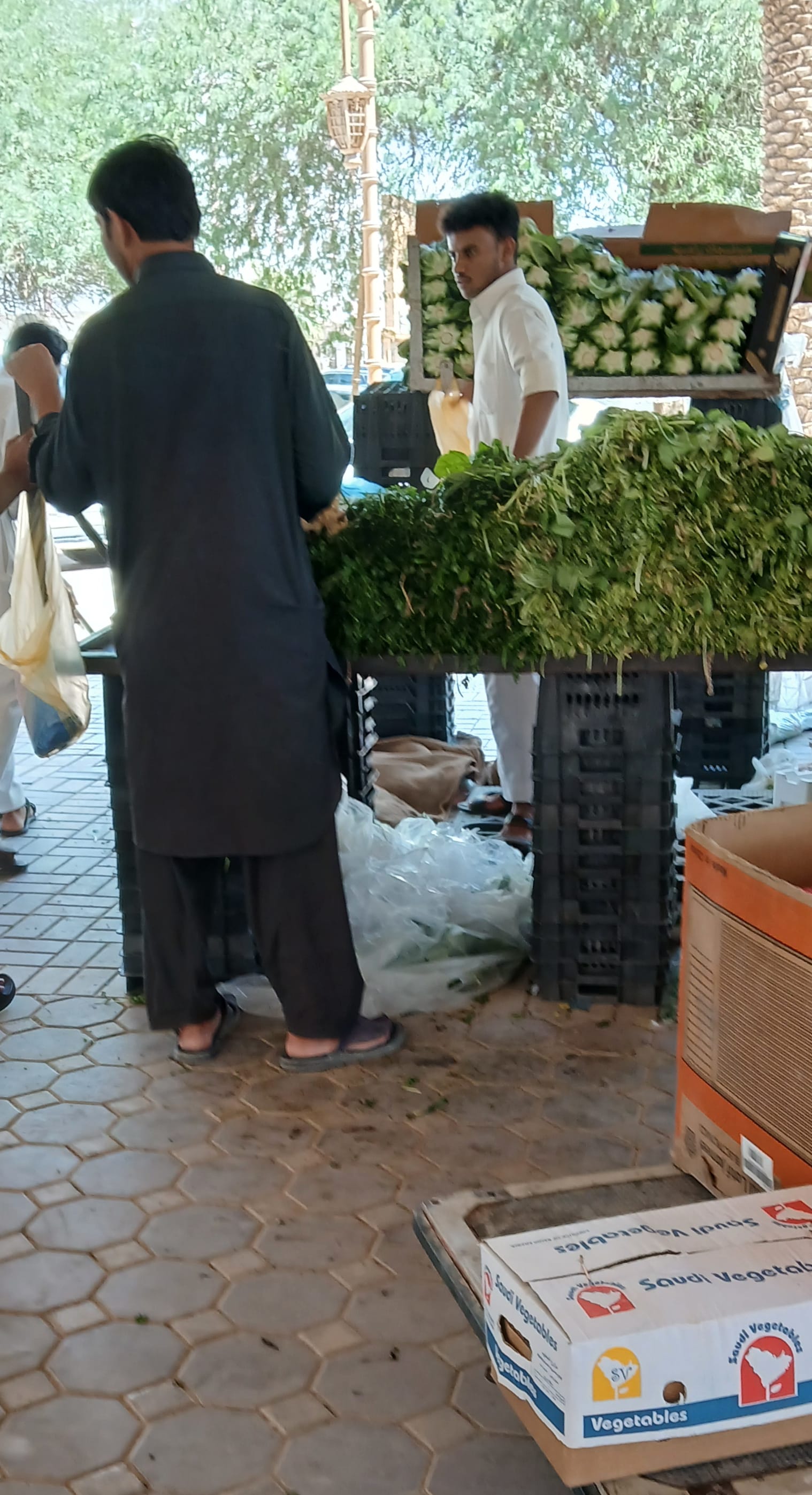
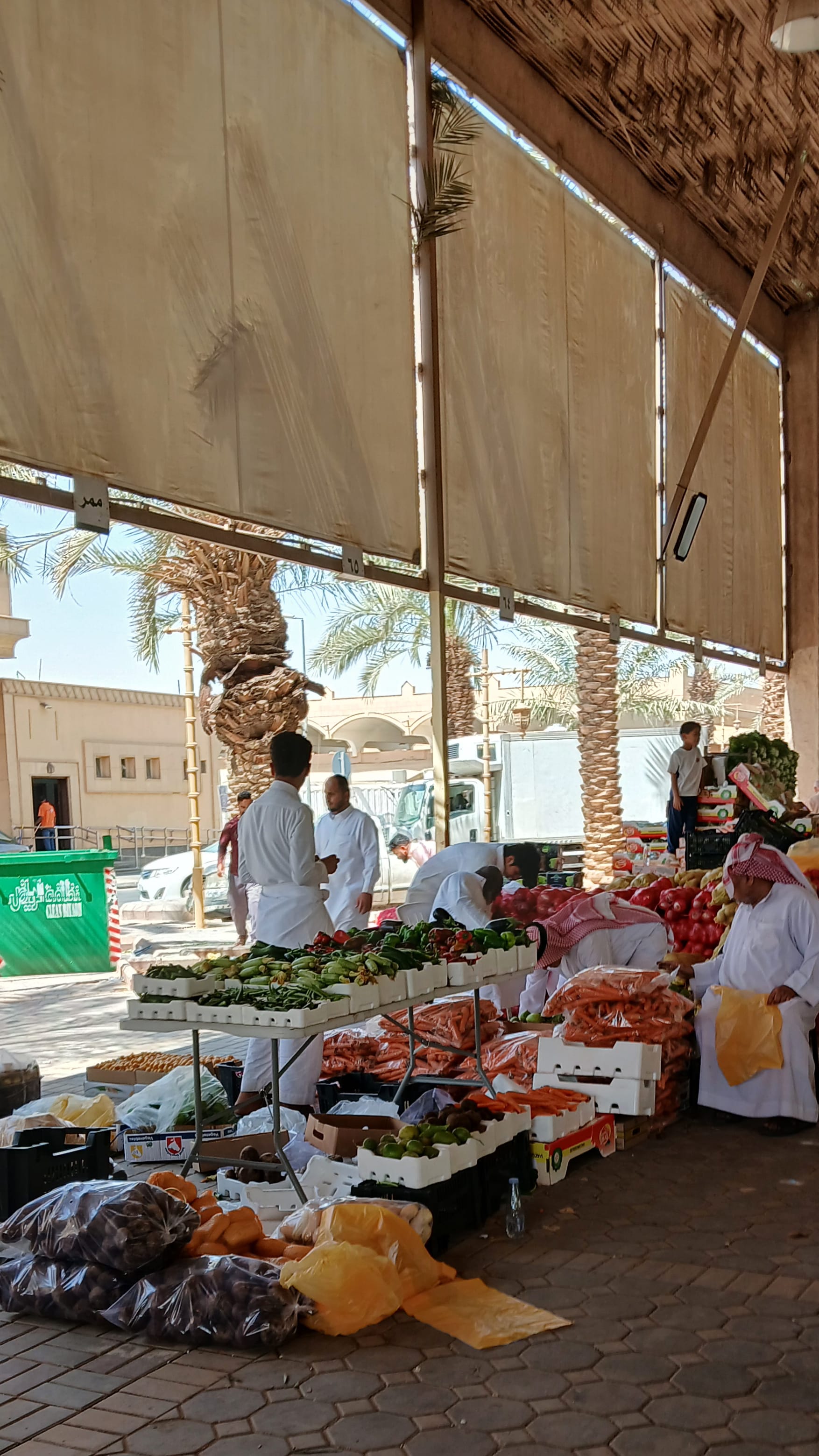
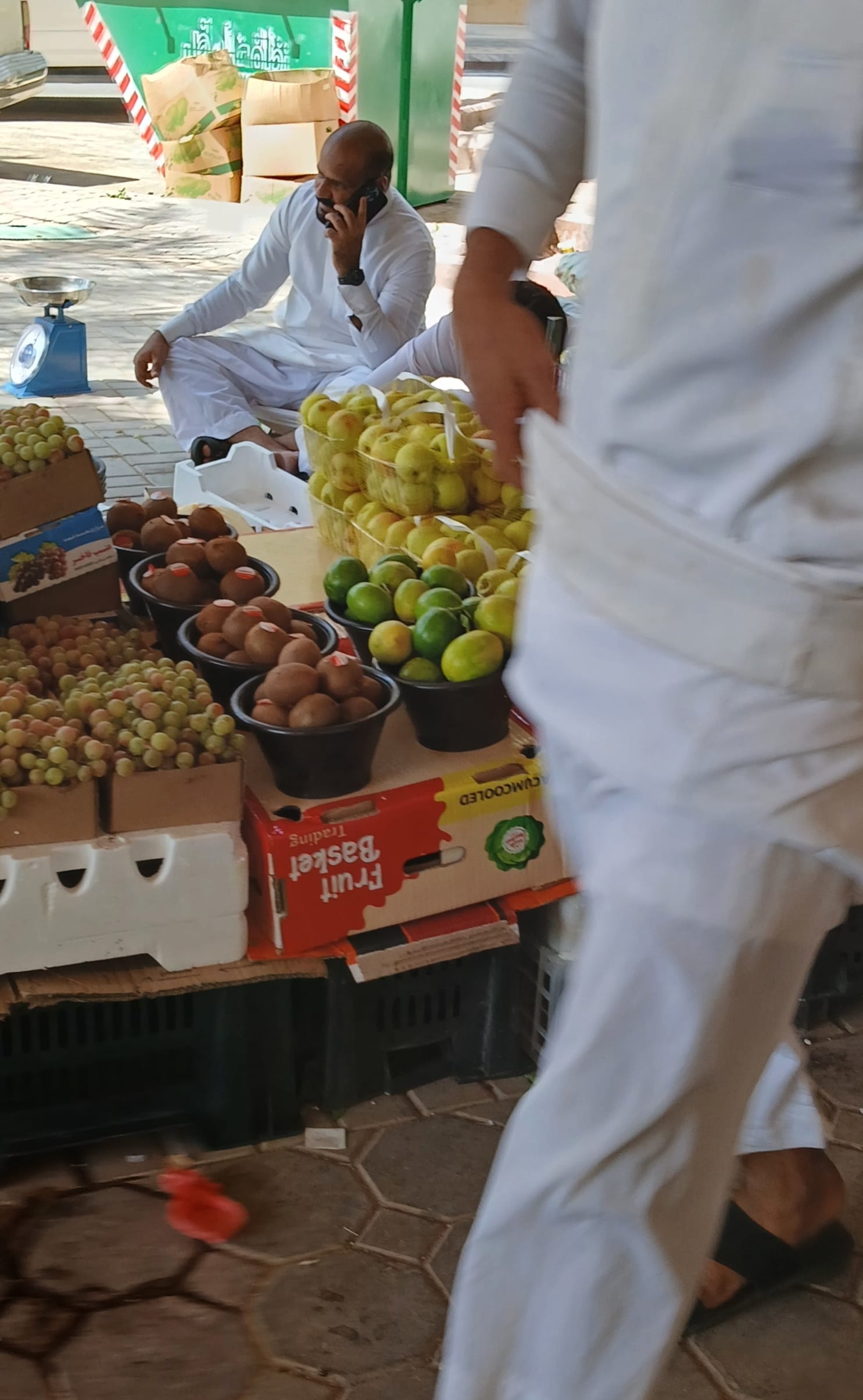
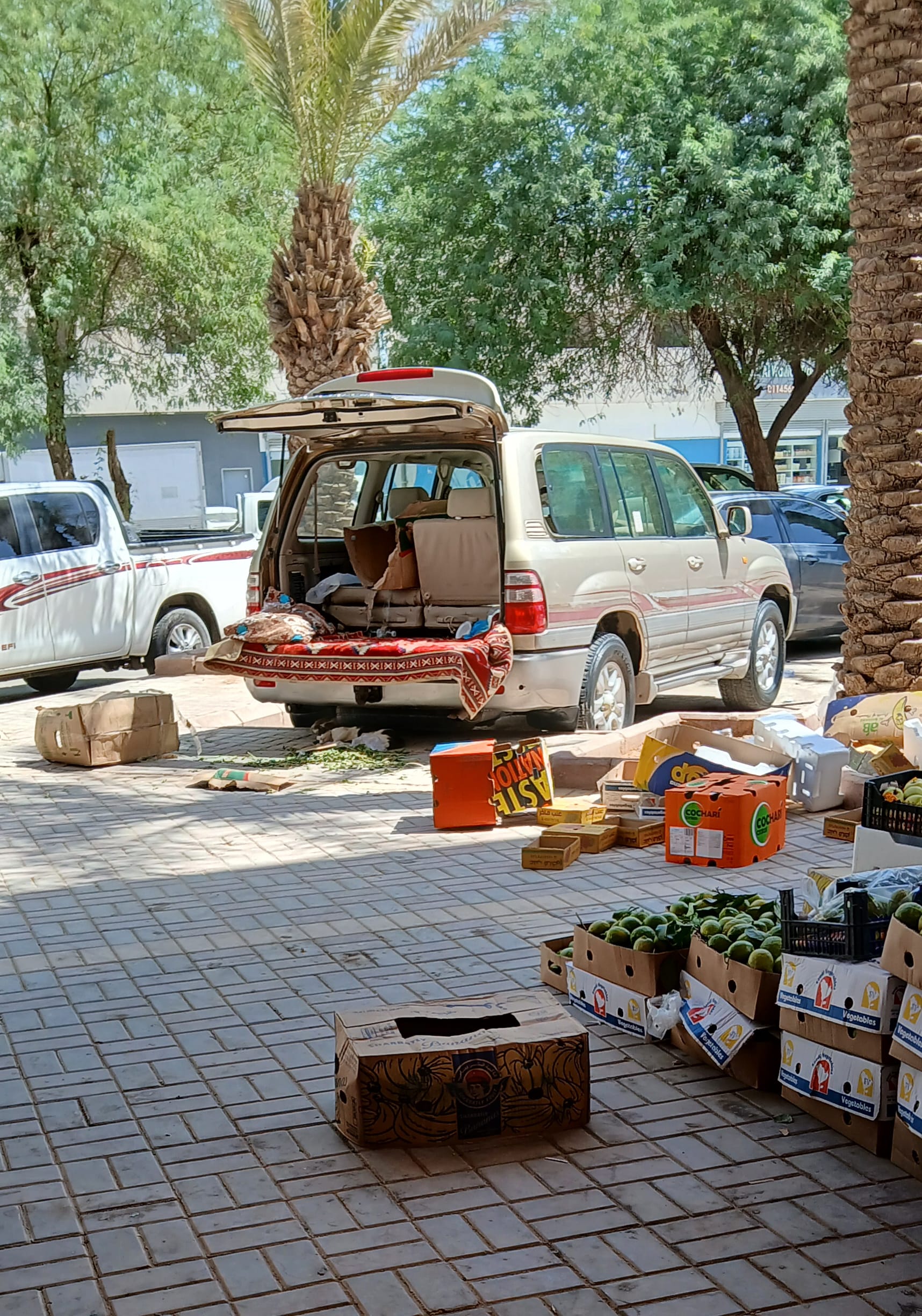
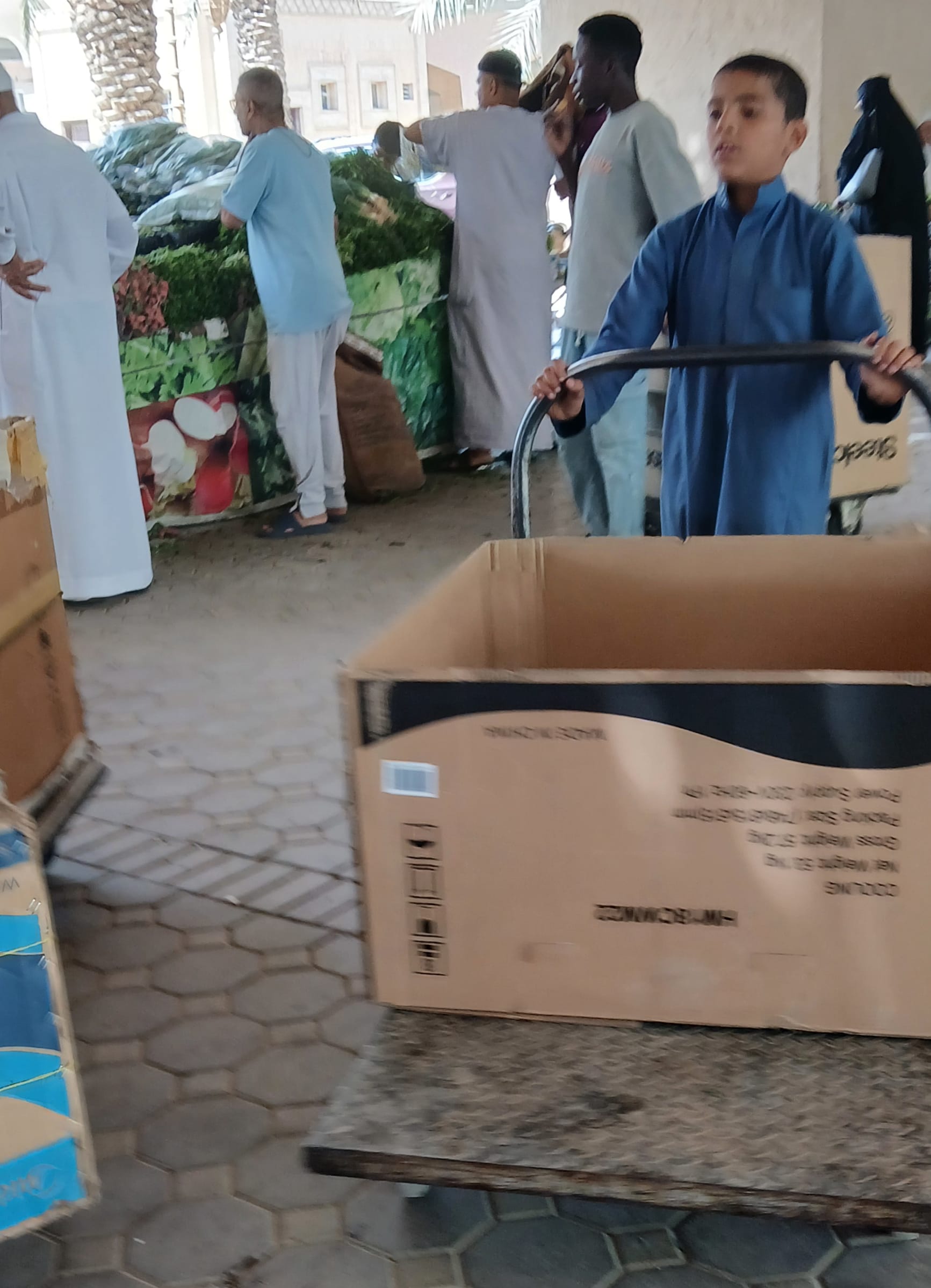
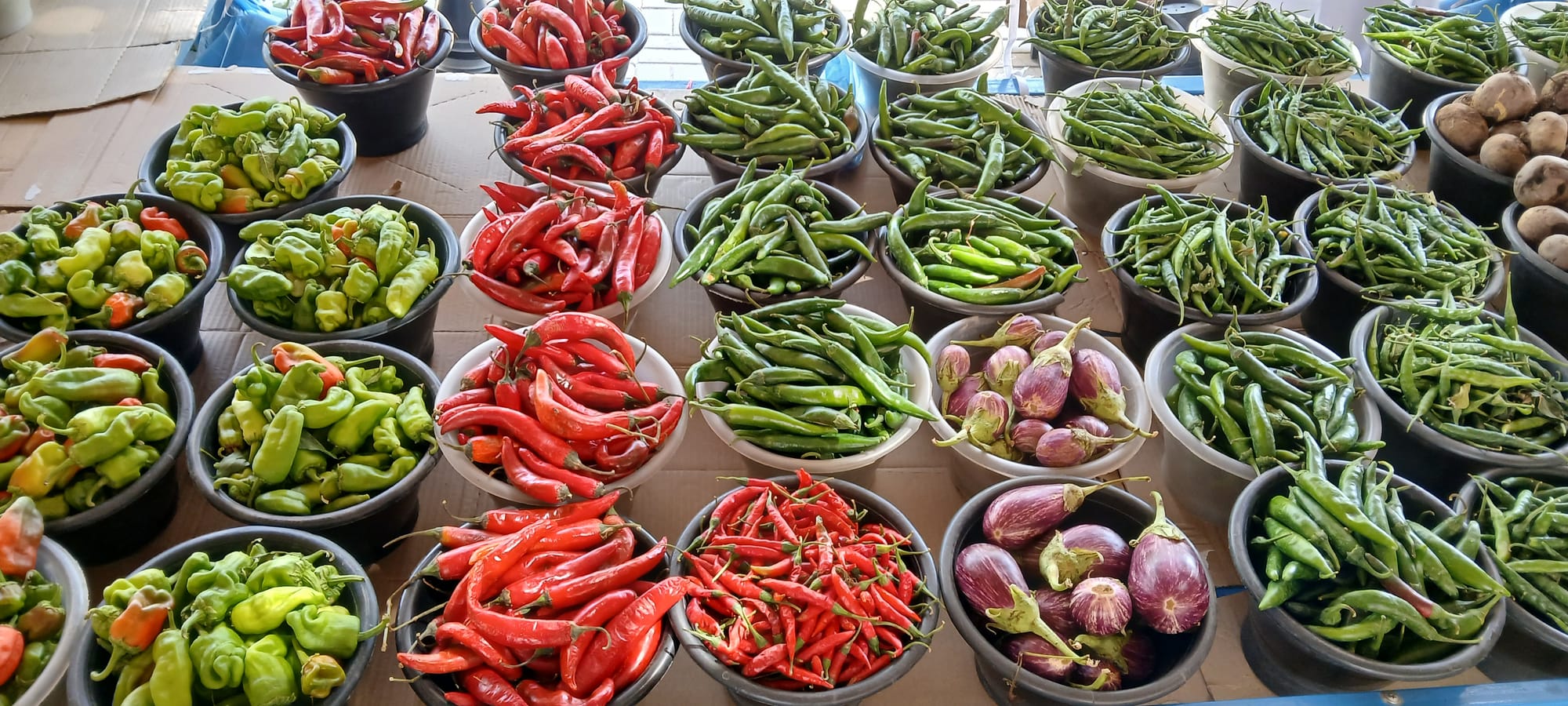
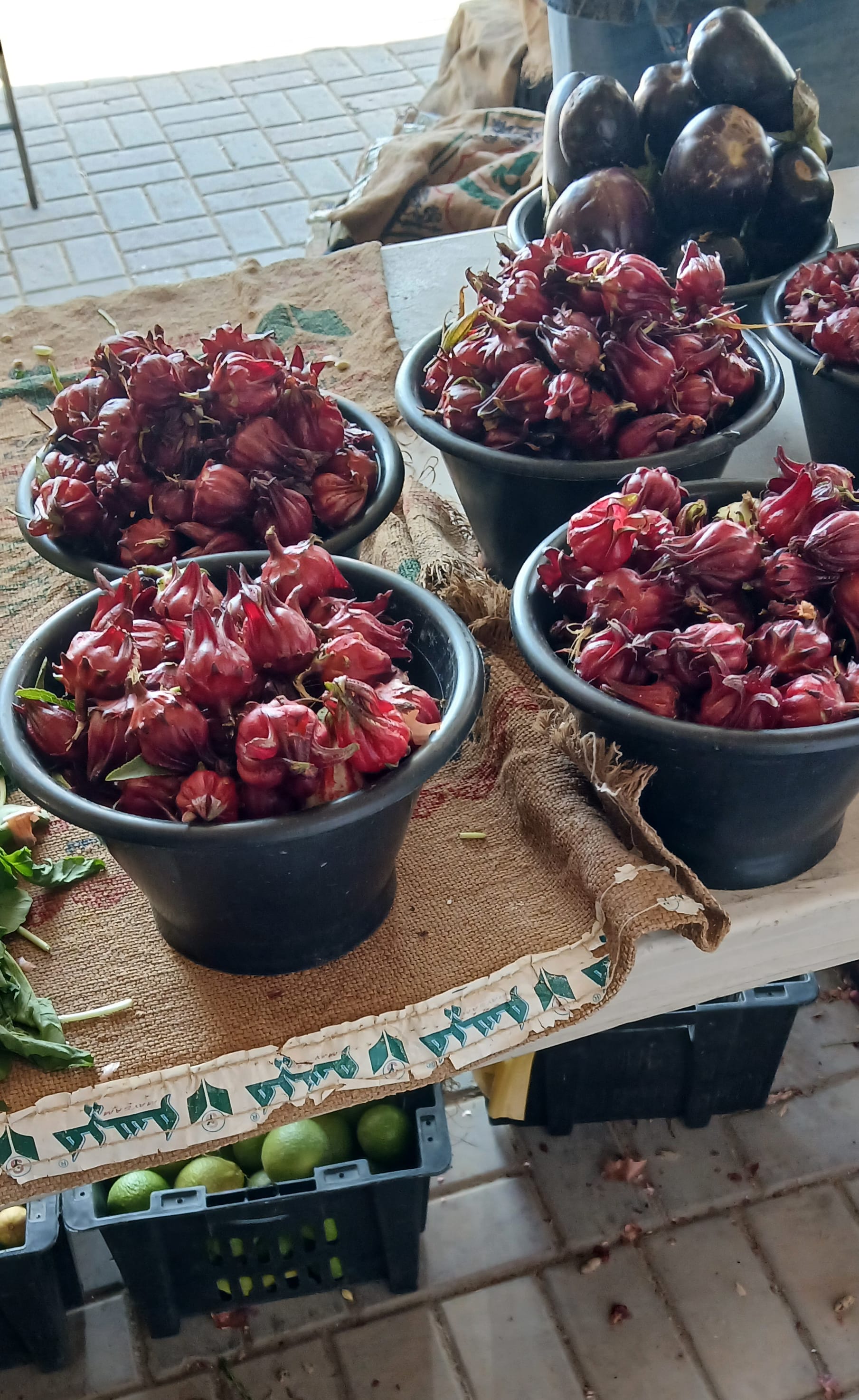
Pictured, the Saturday Farmer's market at Al Muruj. Here we met Abdullah, in petrochemicals, recently diversifying into batteries for the storage of electricity, which is an alternative energy, he informed us, telling us also that if we went to the NZ Embassy we could drink wine because they have a bar, and inviting us to visit his farm where he could also give us wine, and bread, because he makes wine, showing us obligatory pictures of children and grandchildren.
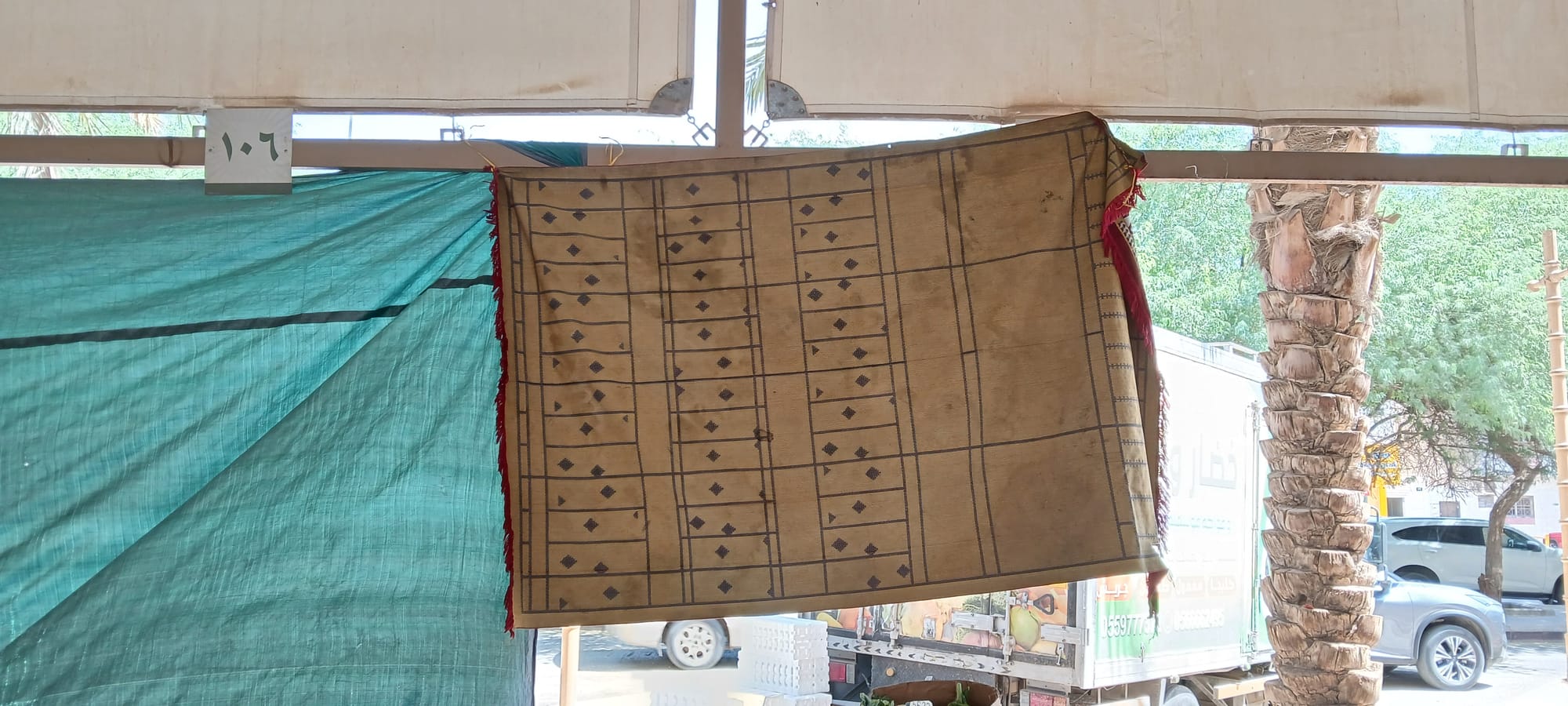
. . .doesn't this look like music?
Diriyah, she said. And so we went, circling the UNESCO World Heritage site multiple times, just to make sure. . . of something. Parking, probably.
It was heavily but courteously policed and we imagined there must be some event or other, a royal visit? but no. Local families mainly, out for the evening to the historic birthplace of Saudi.
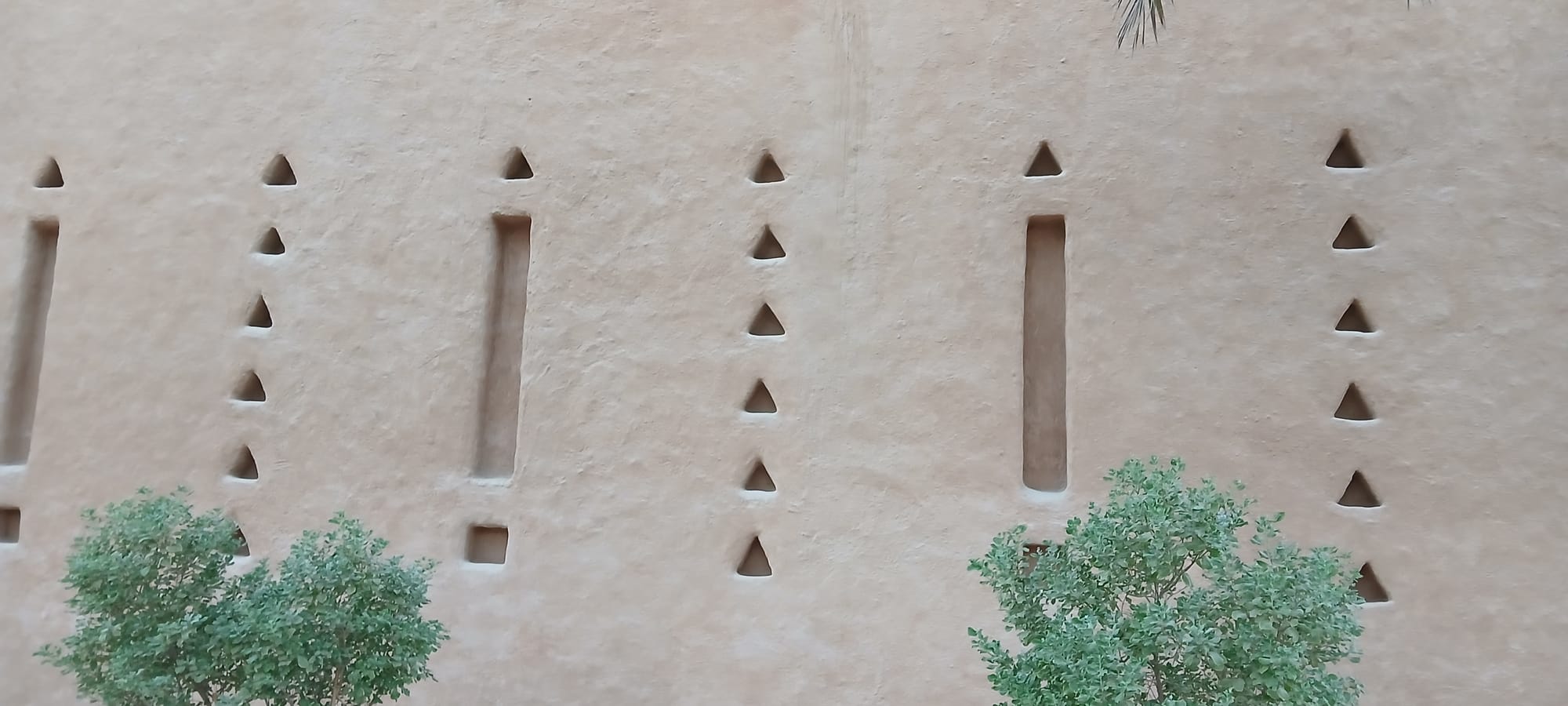
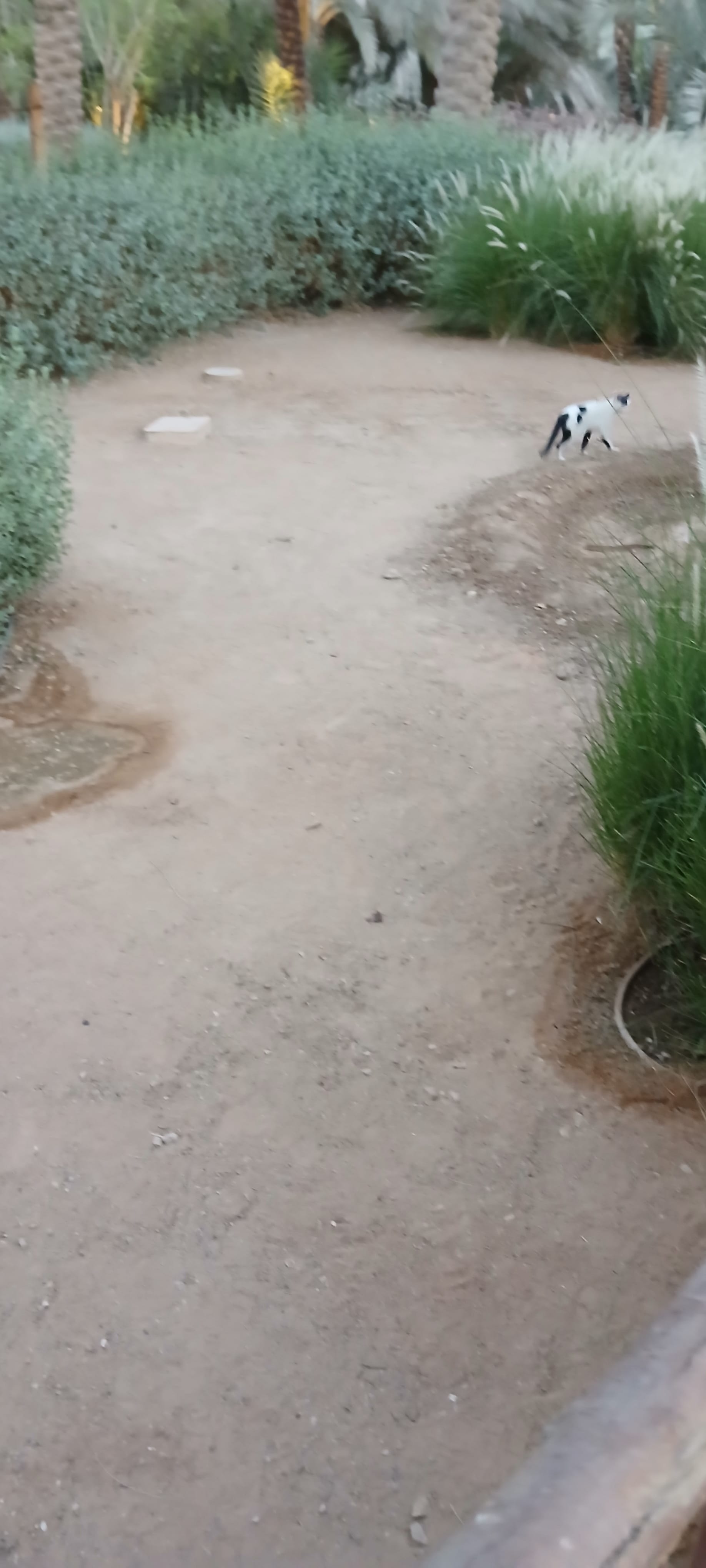
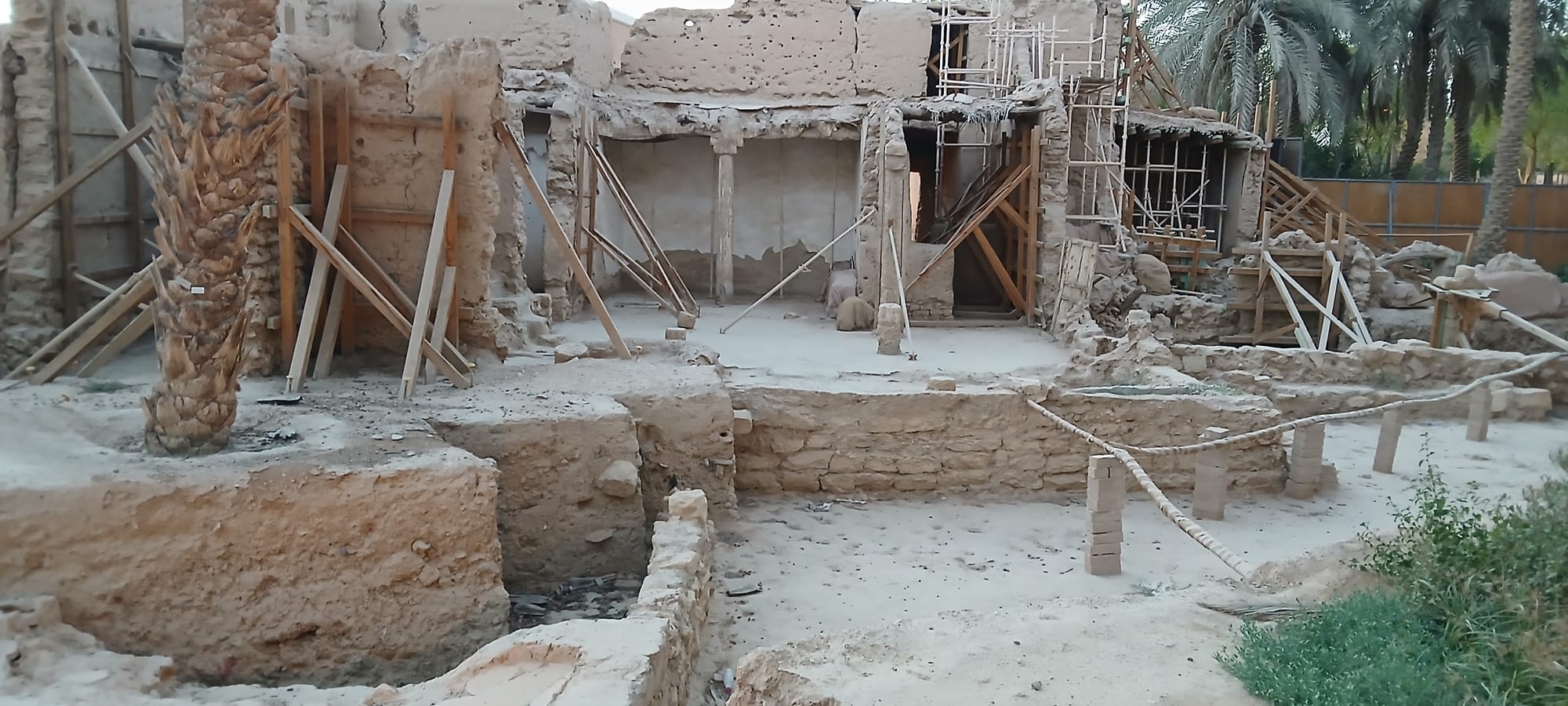
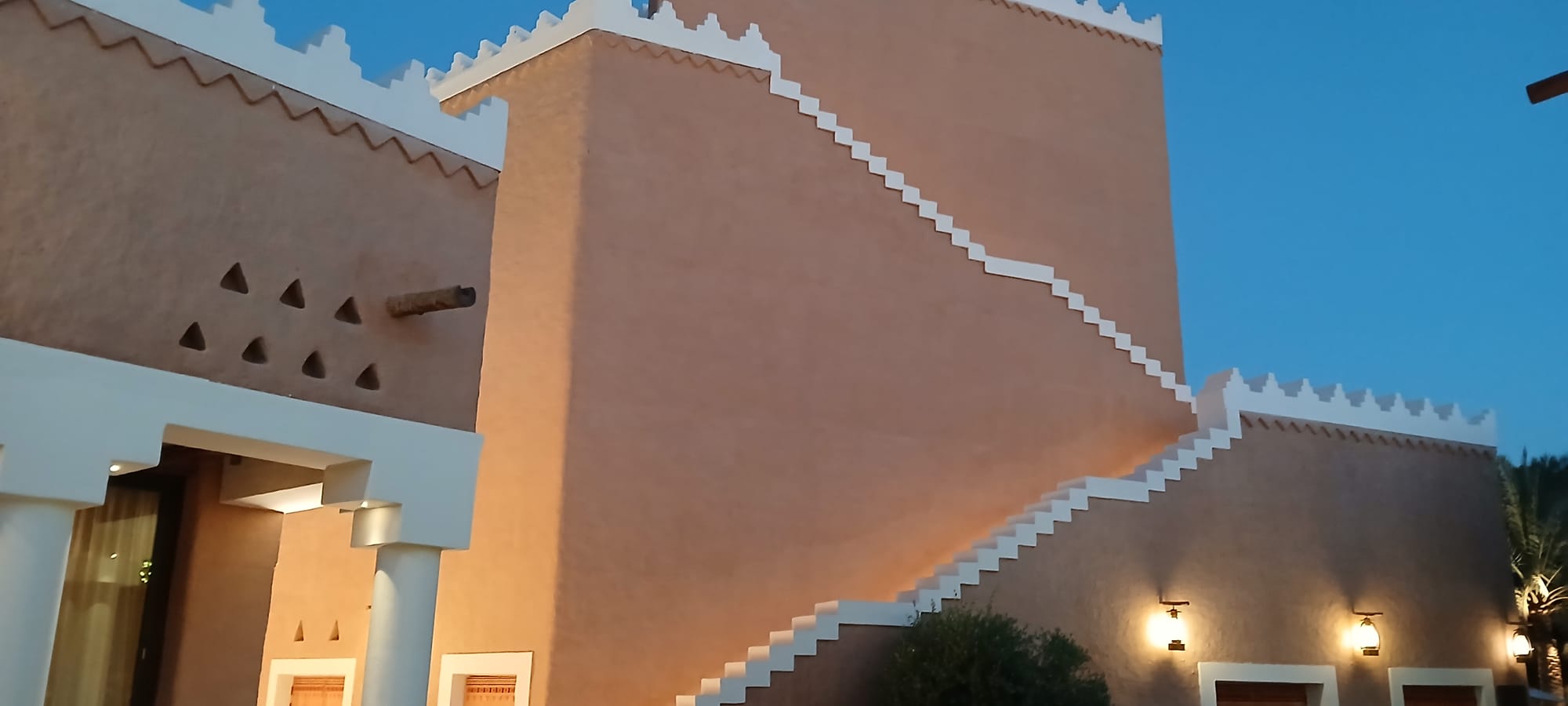
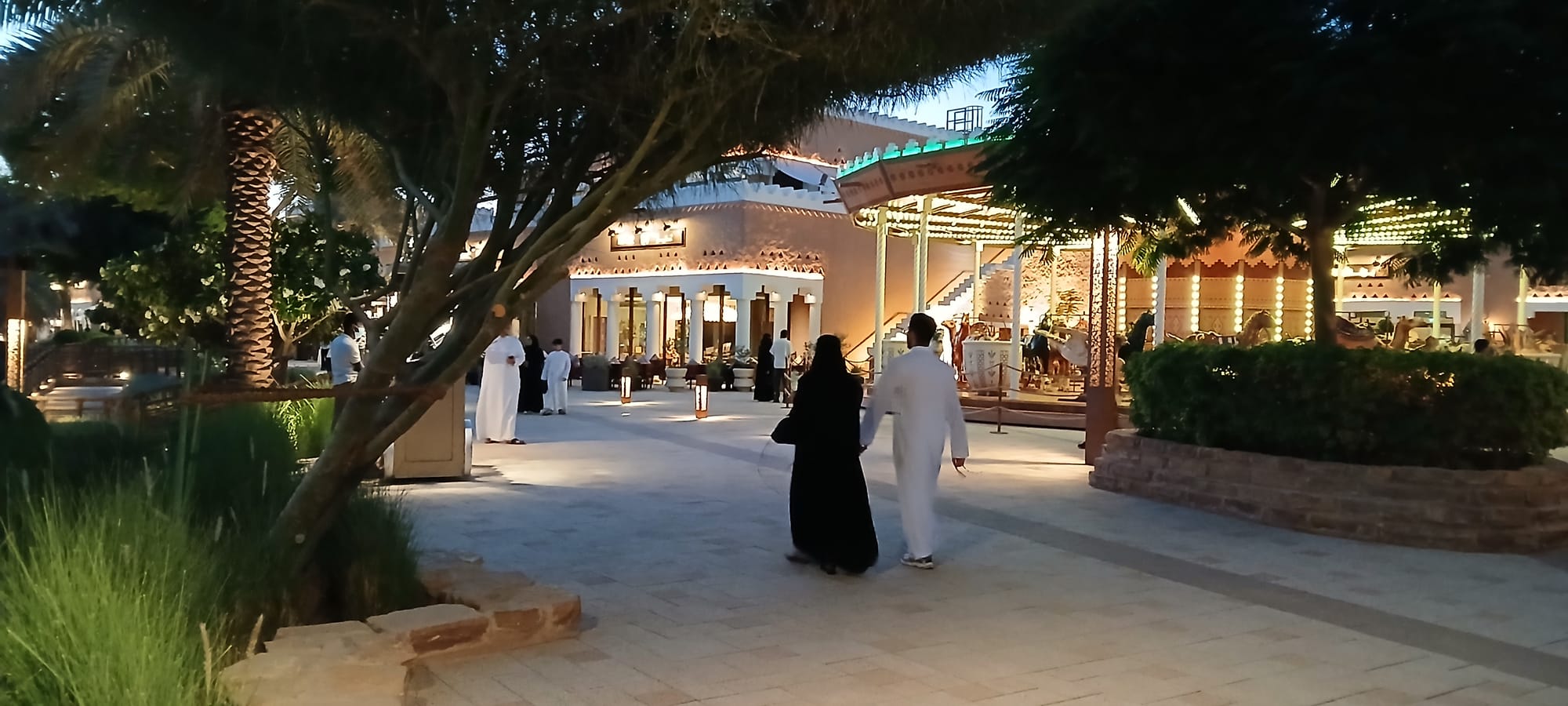
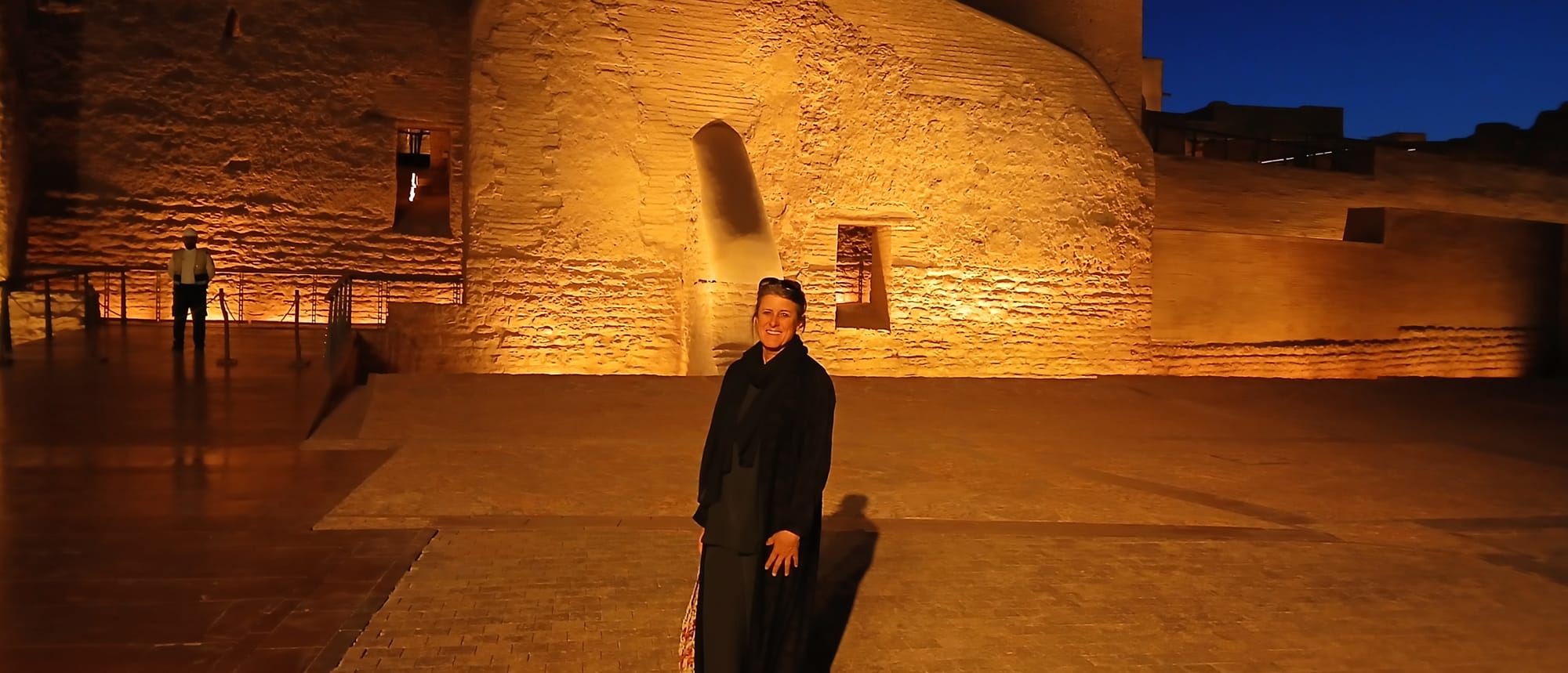
To get the shot which heads this post I took out my camera. A guard rushed forward and, courteously, took it from me. He looked at the screen and twisted the lens. Zoom? Zoom? he asked.
No. No zoom. He persevered. No, no zoom. Prime lens, I said. He relented.
Seeing me pointing the camera again another guard came forward. The two guards engaged in heated conversation. The first, disappointed one, convinced the other, with difficulty, since he was determined to intervene, of the absence of a zoom, and, looking shaken, they both returned to their posts.
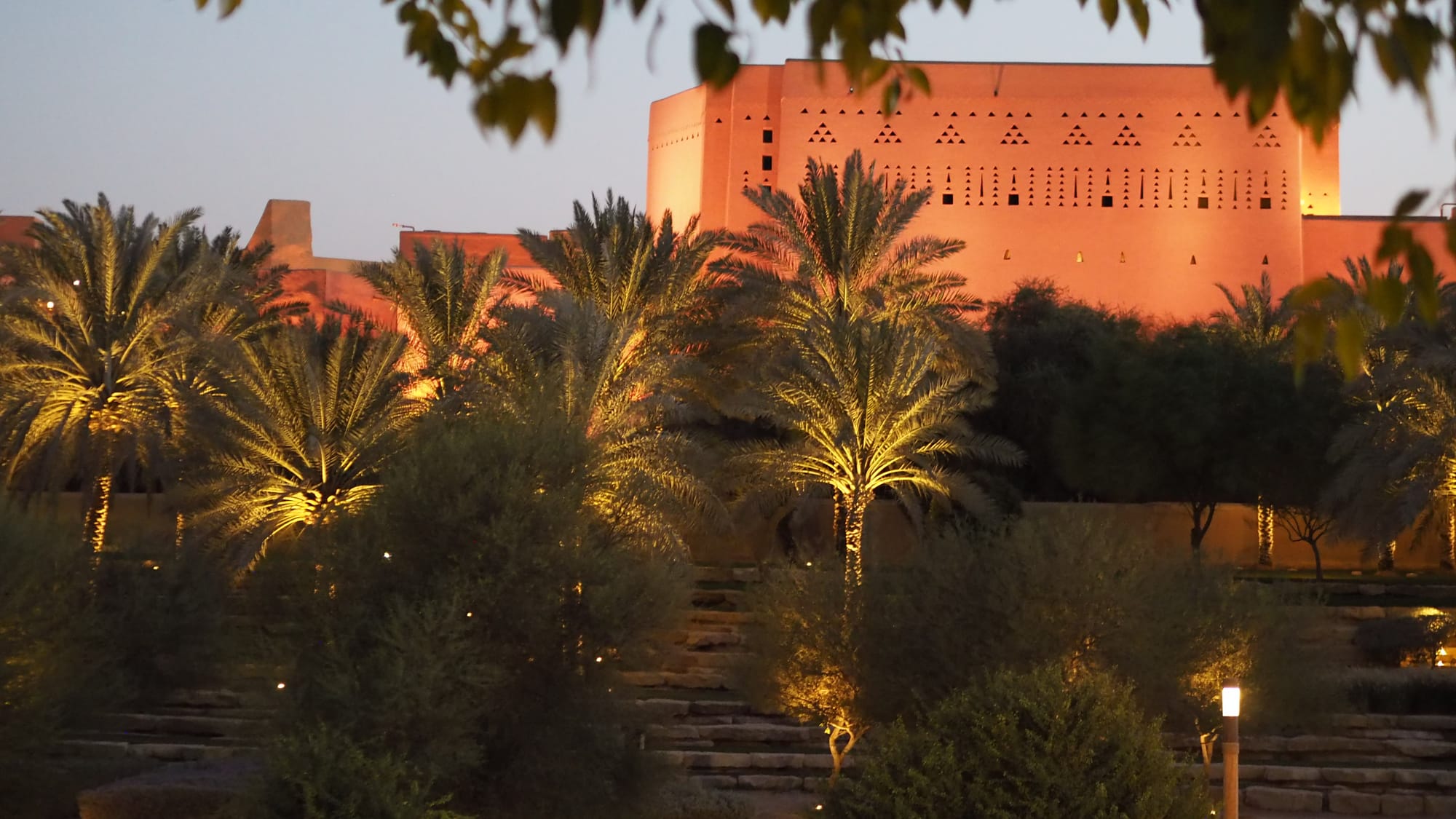
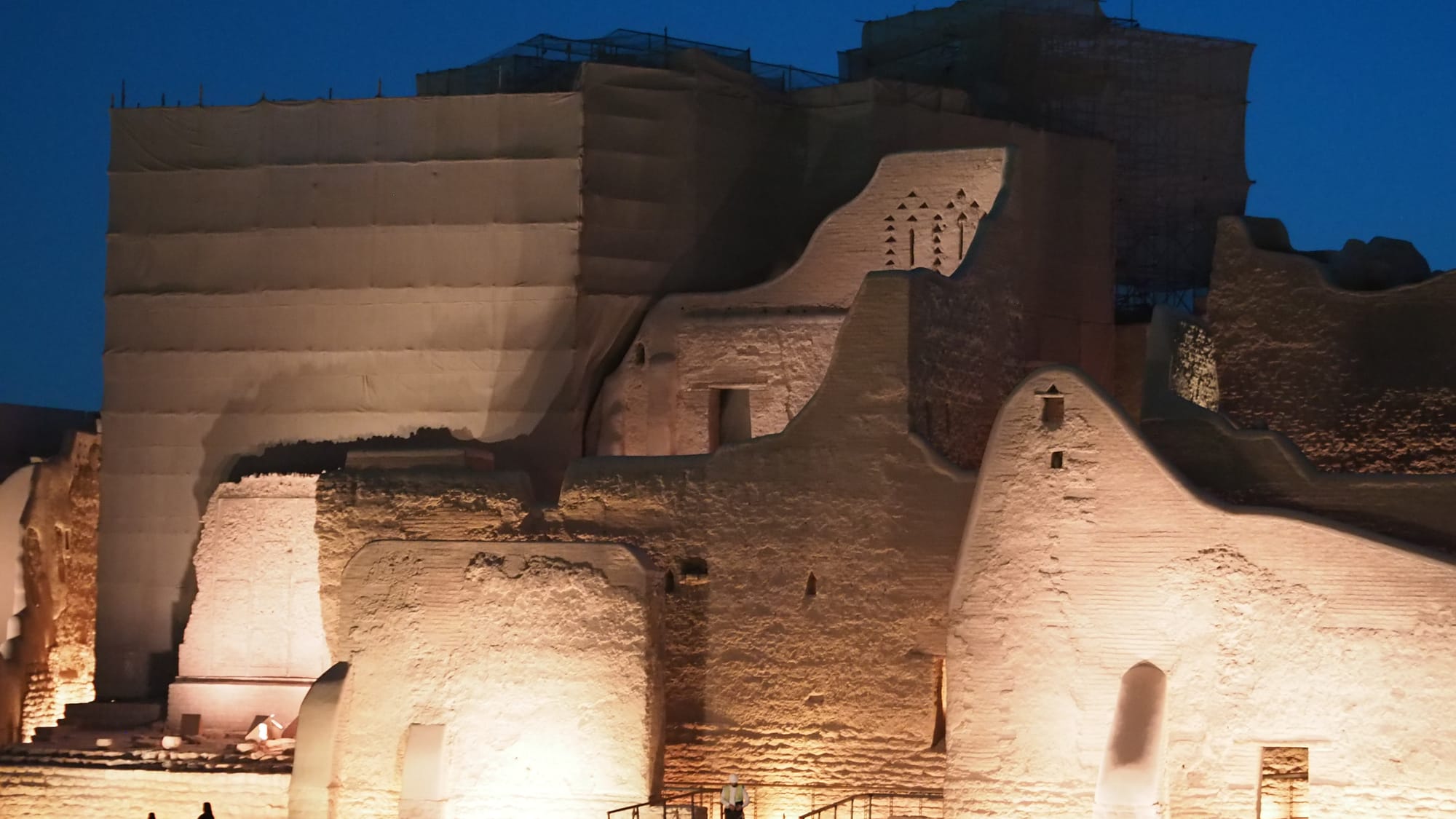
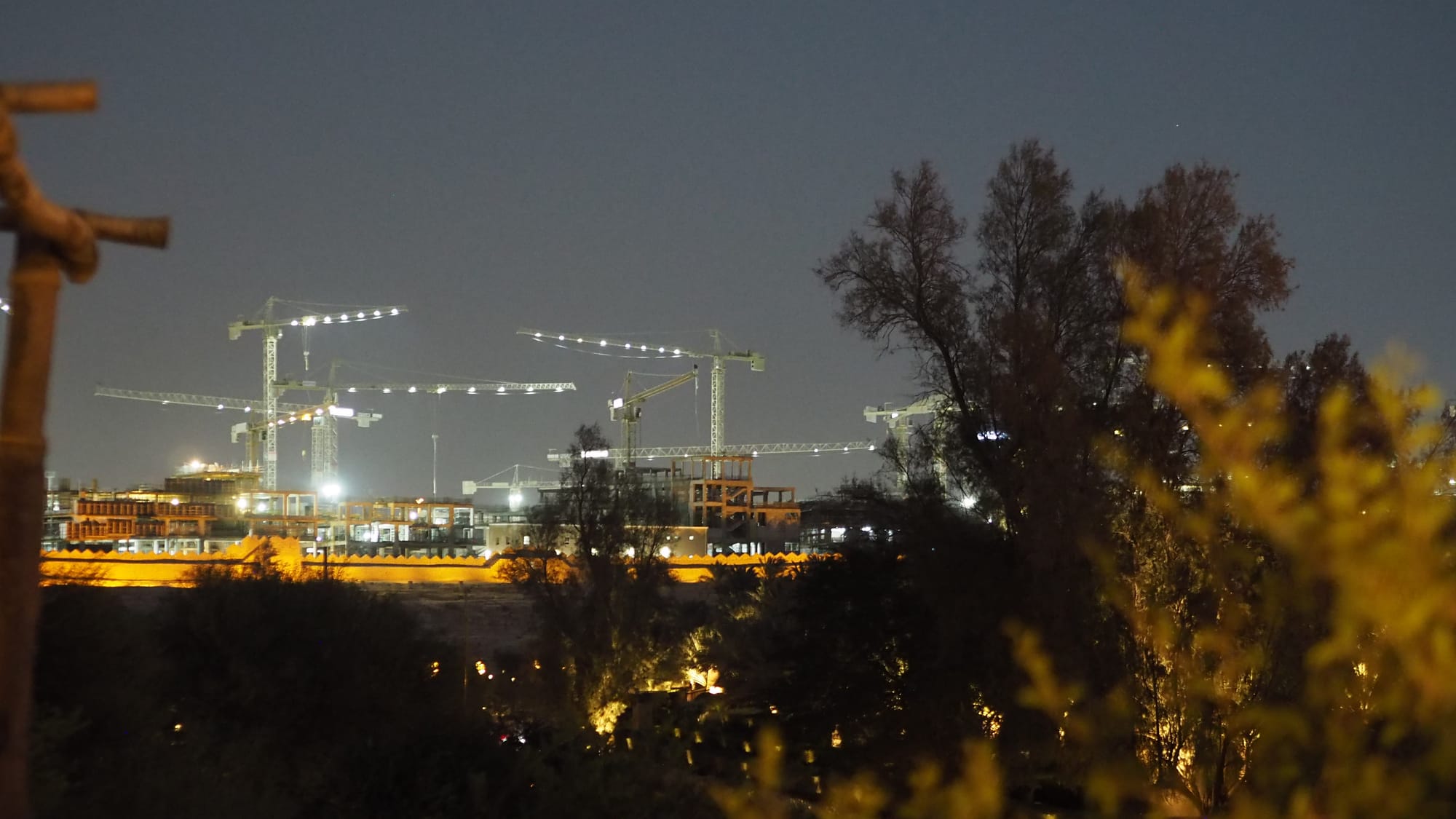
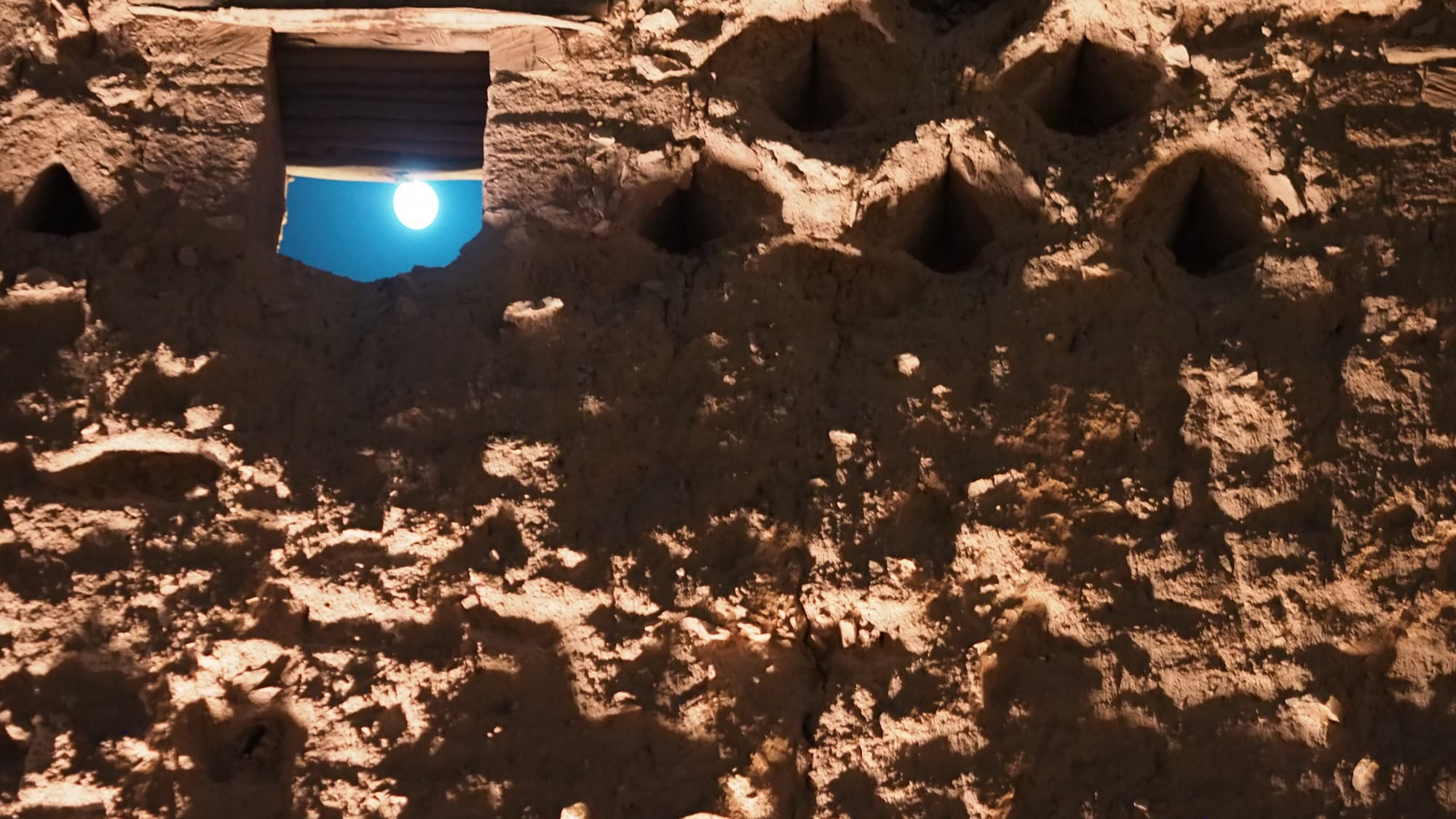
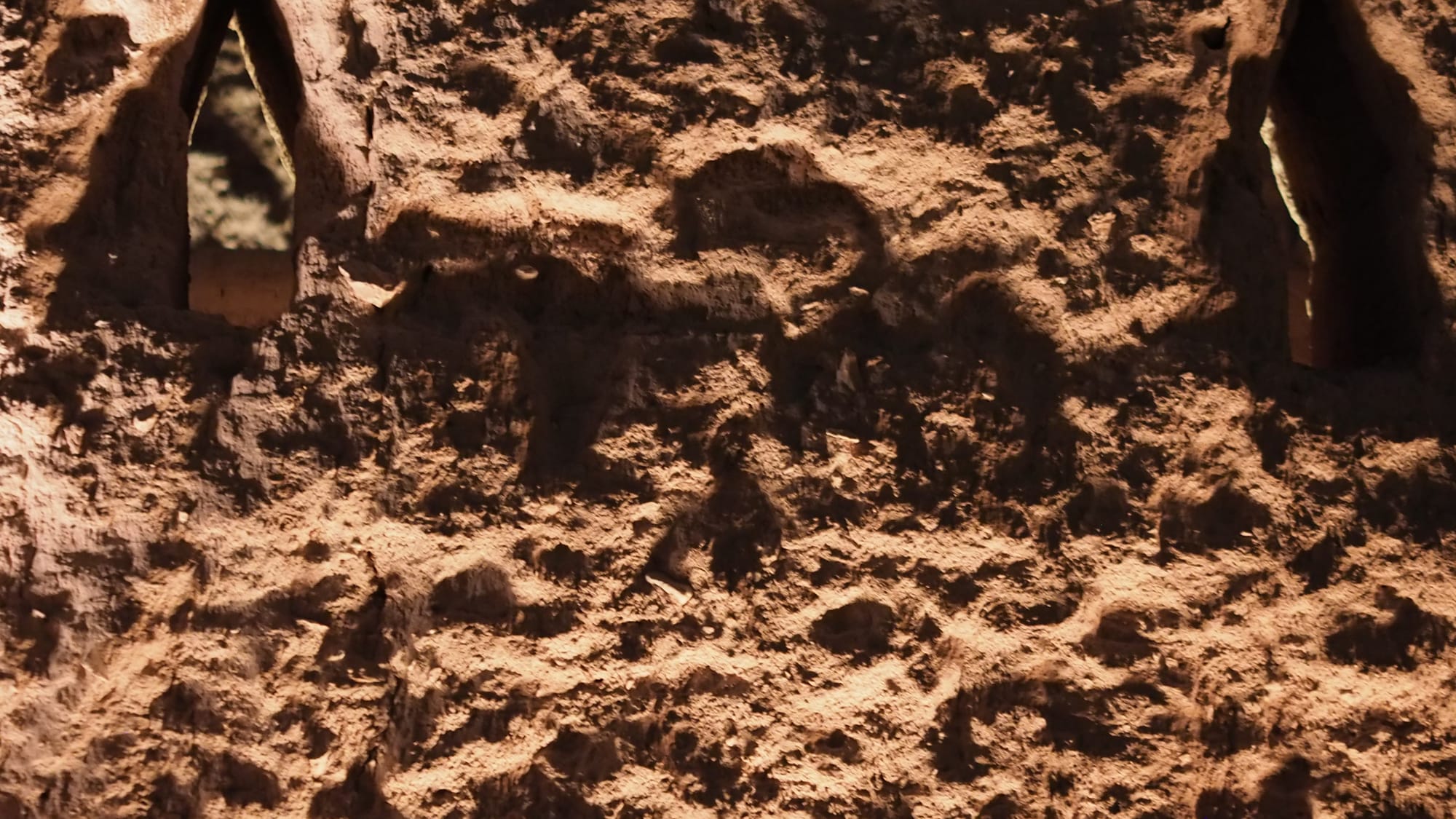
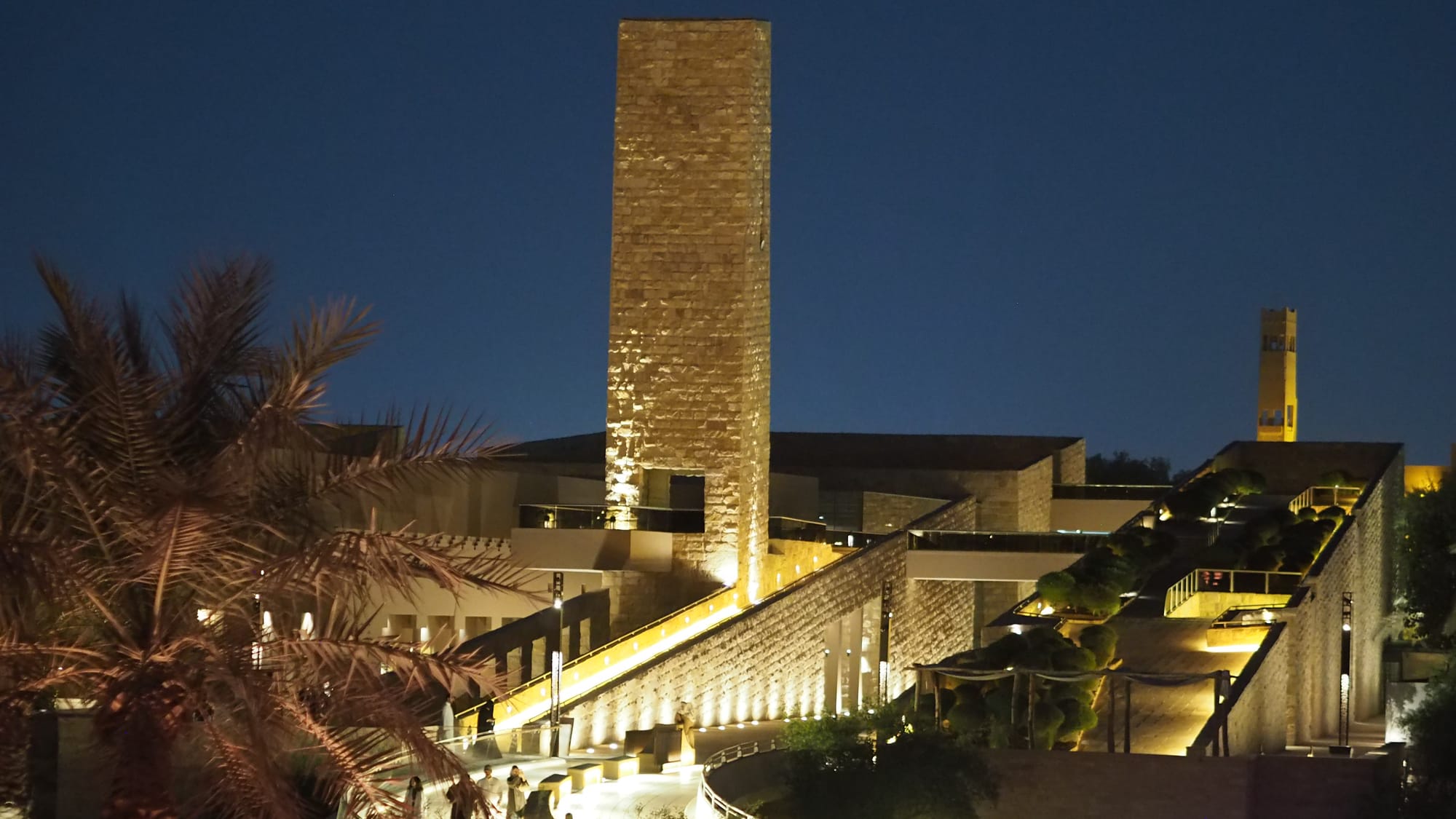
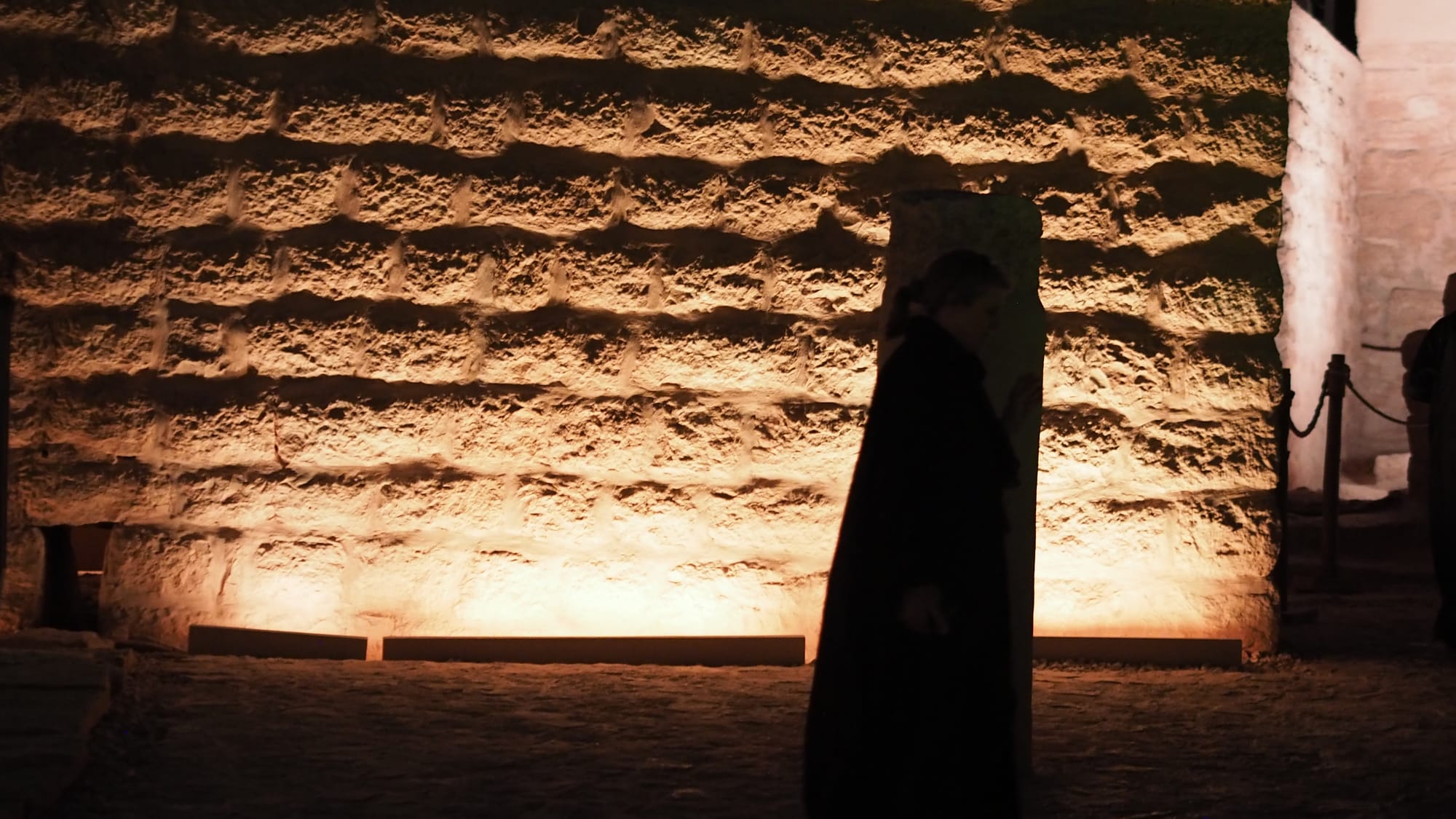
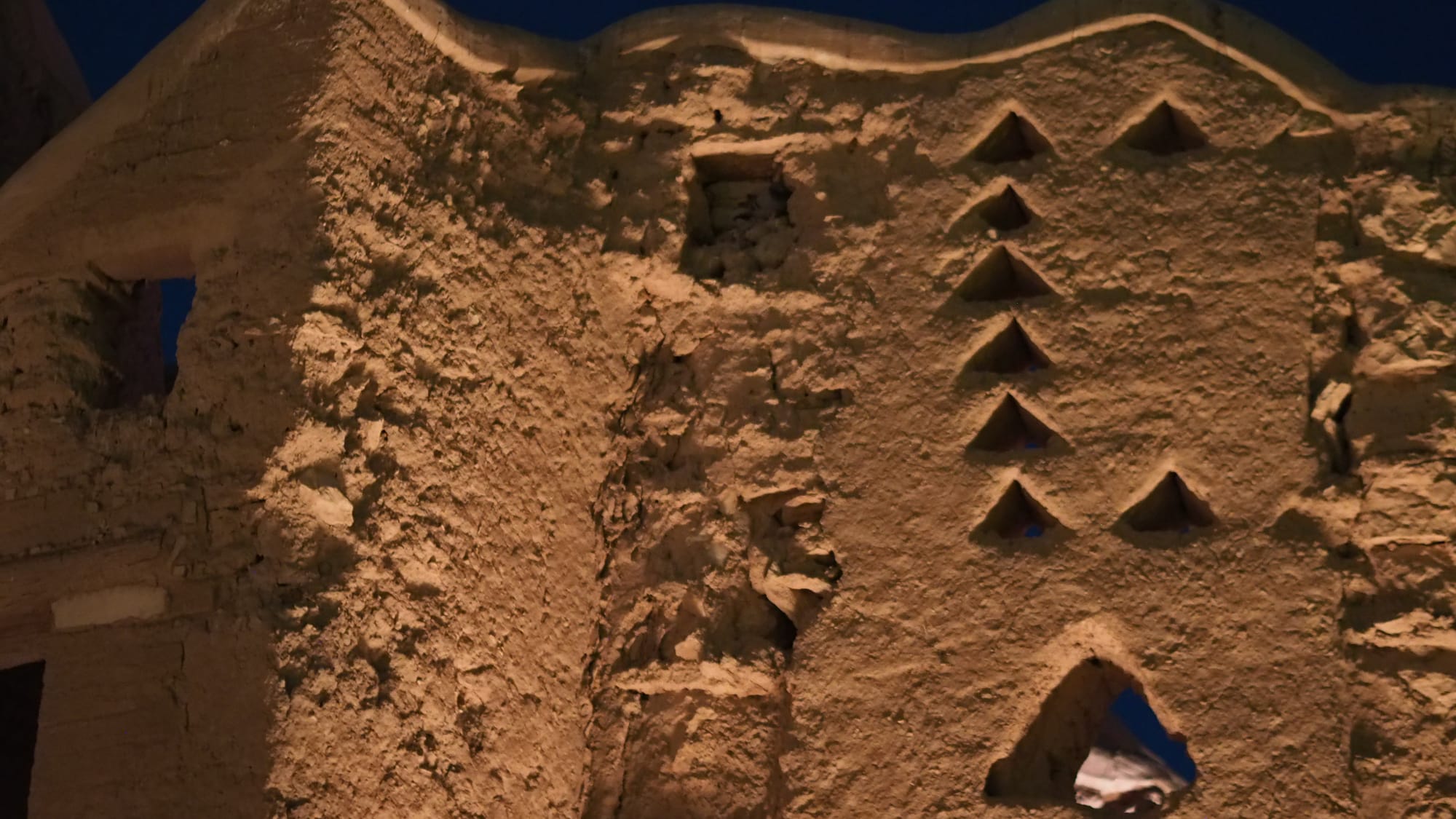
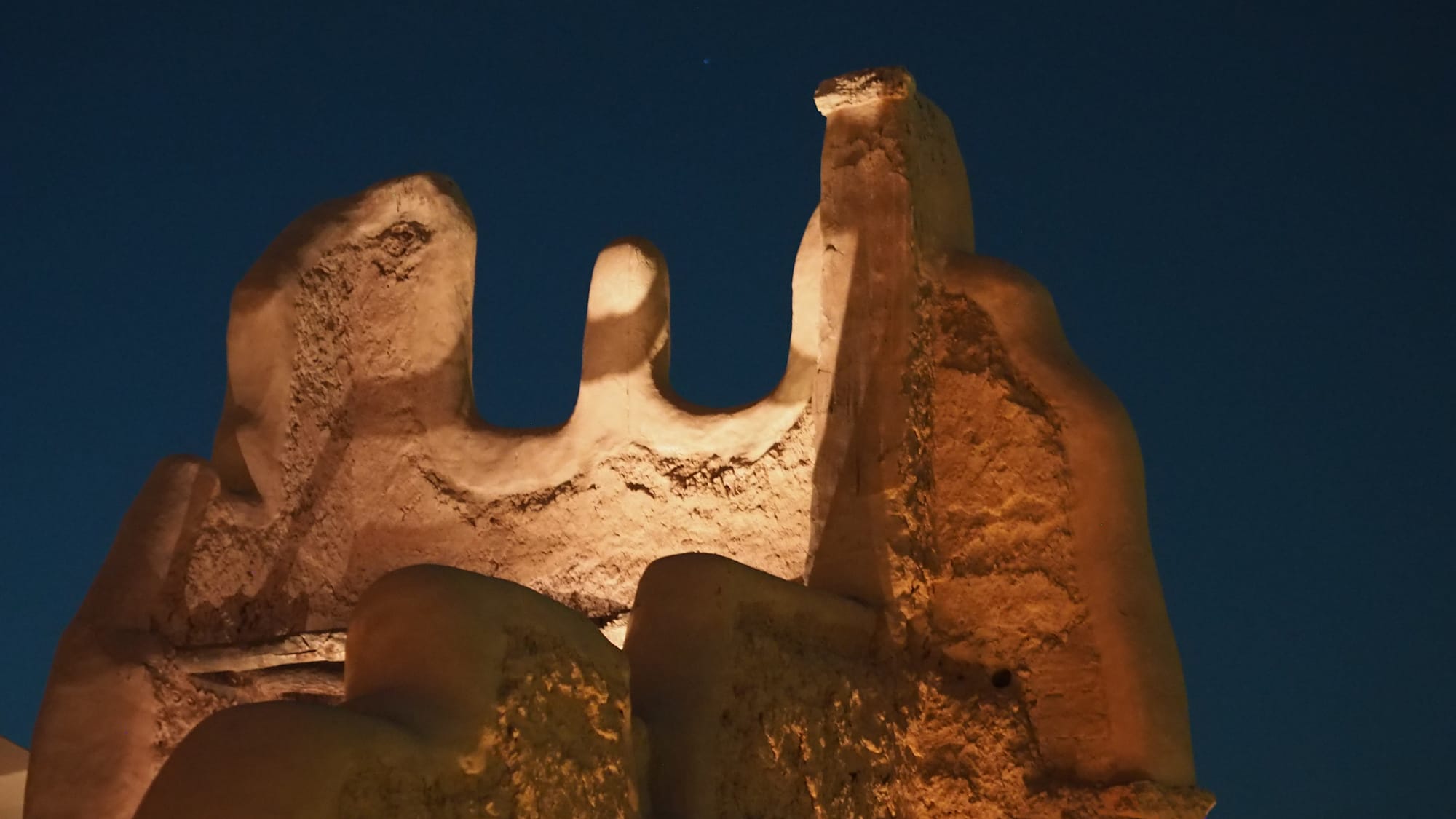
The cranes are as numerous and ubiquitous a symbol for contemporary Riyadh as the triangles were for Najd, which seems to mean raised site, a very large region in the Kingdom of Saudi Arabia. . . and a little village in Palestine, remembered here.
A carousel in the lower, restaurant-y bit of At-Taraif:
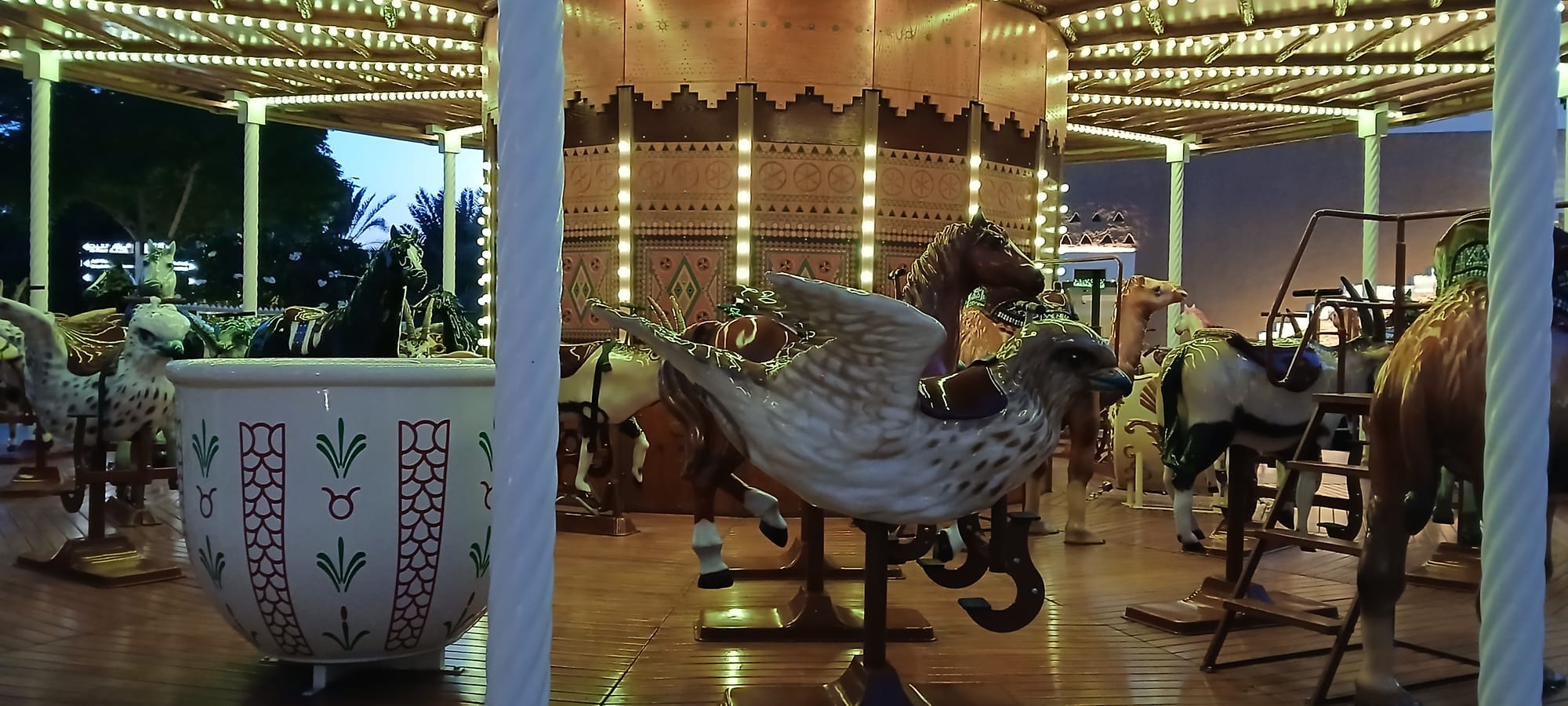
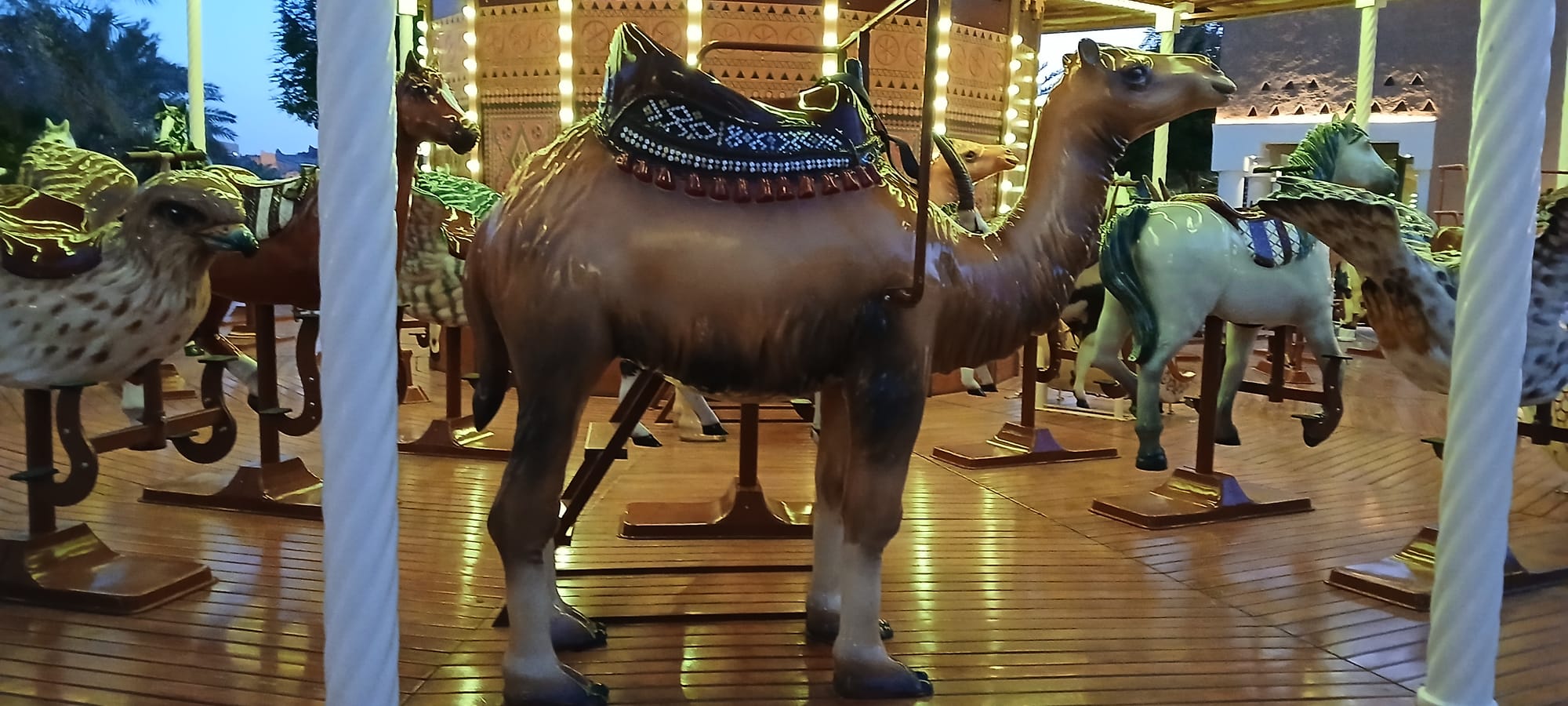
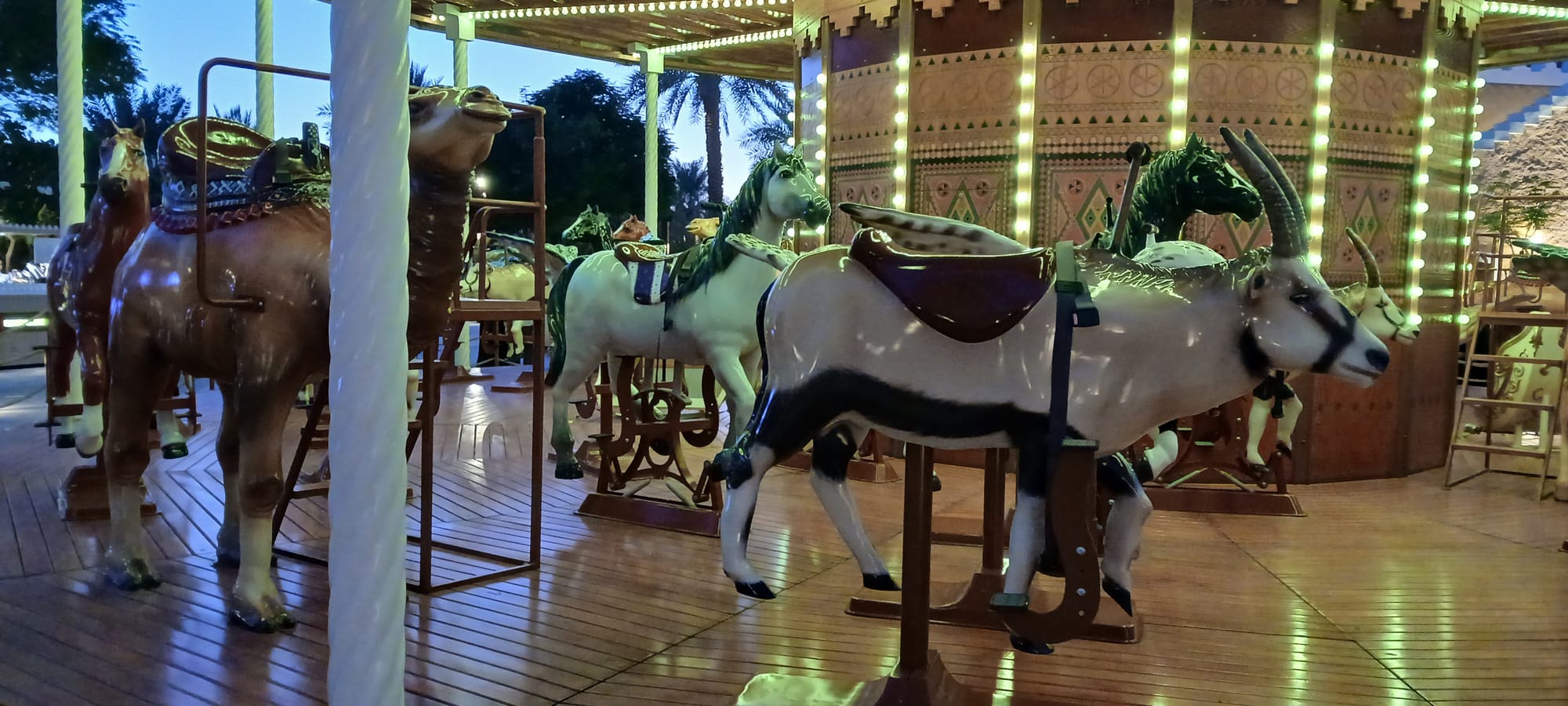
(- see, Lauren, oryx)
. . . and back to the historical site, mosque and citadel:
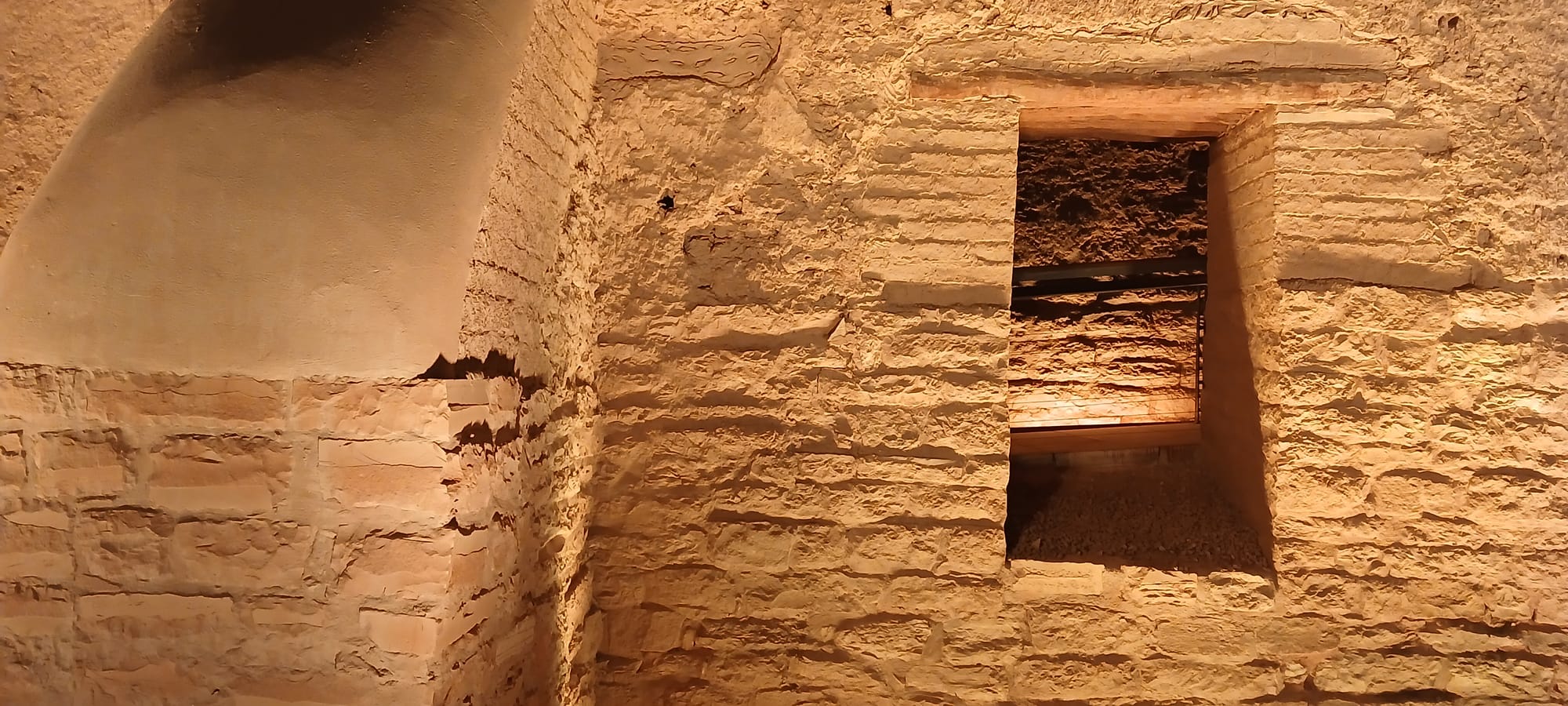
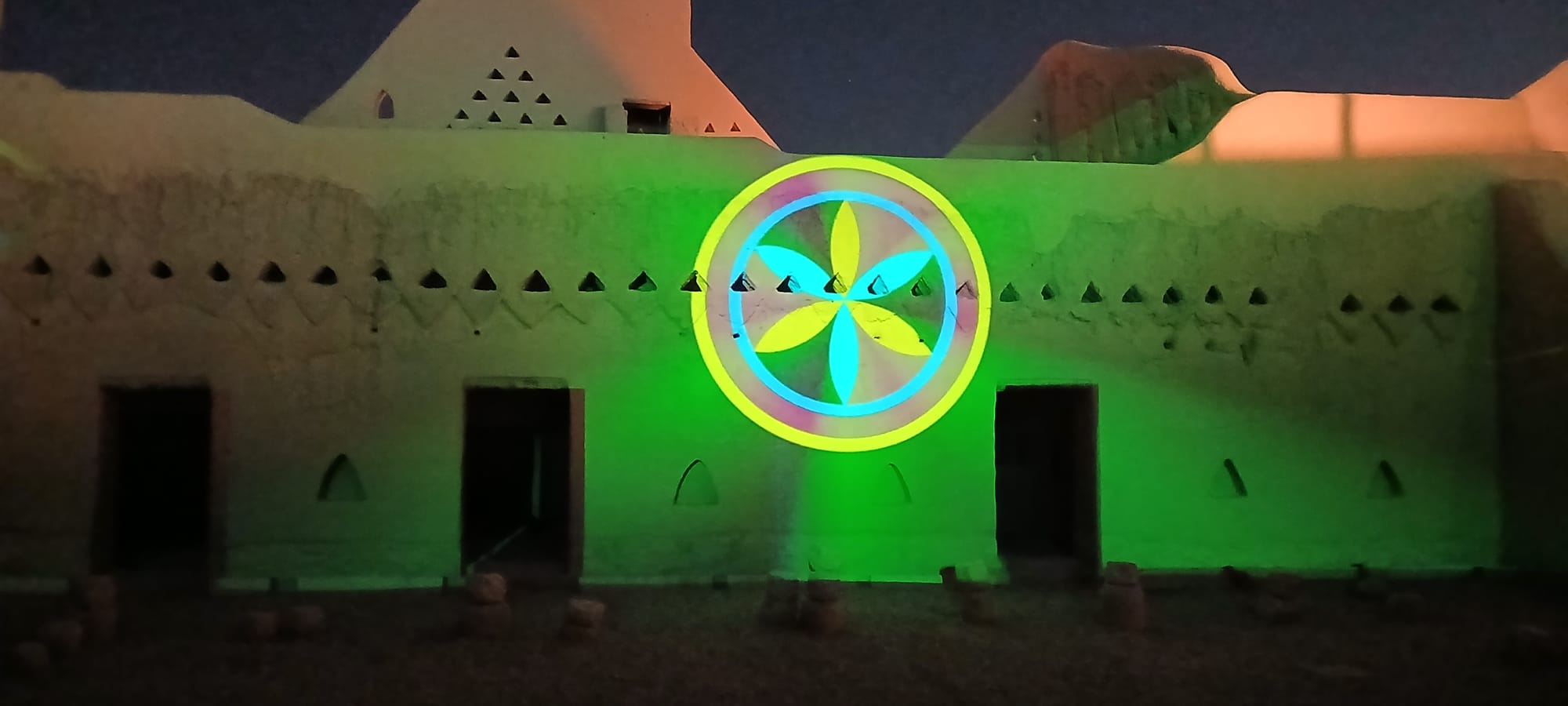
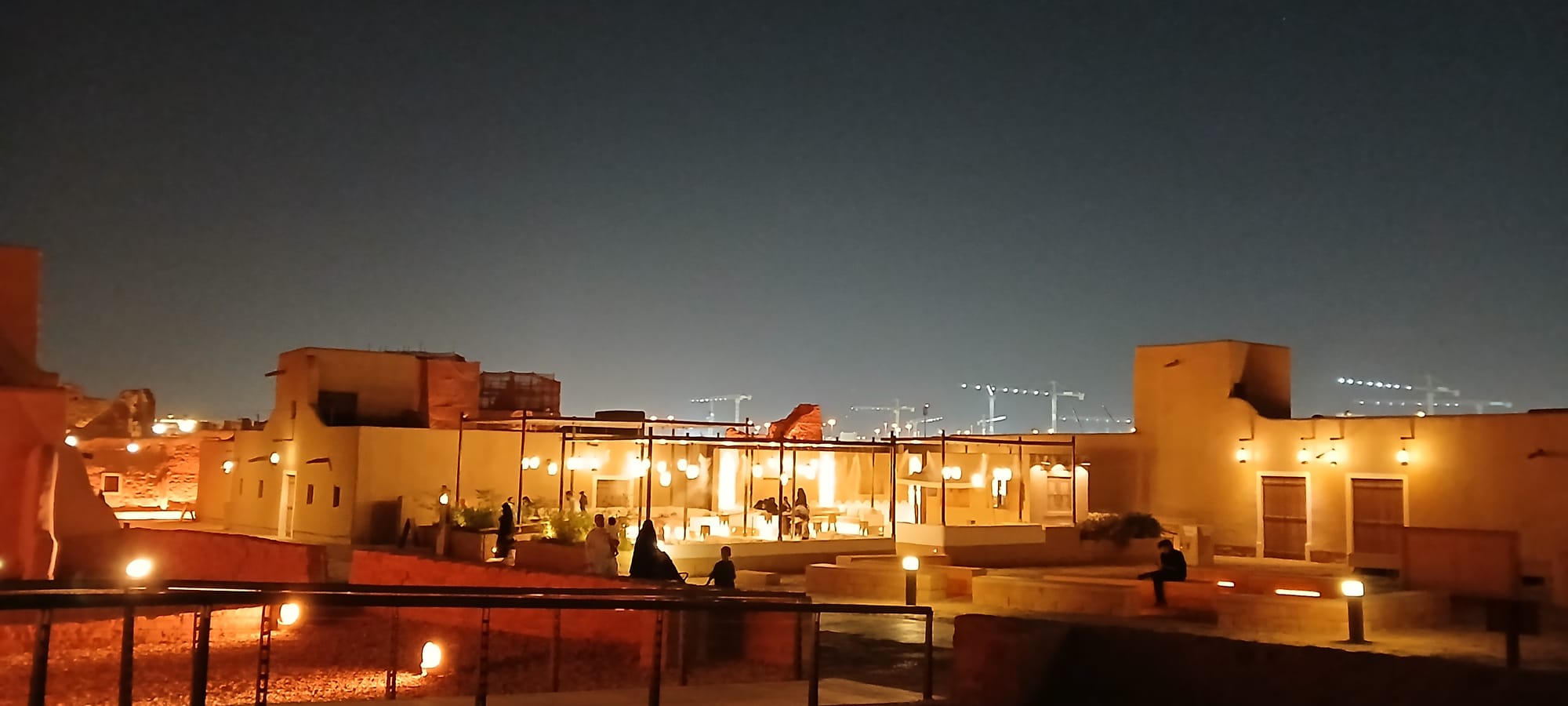
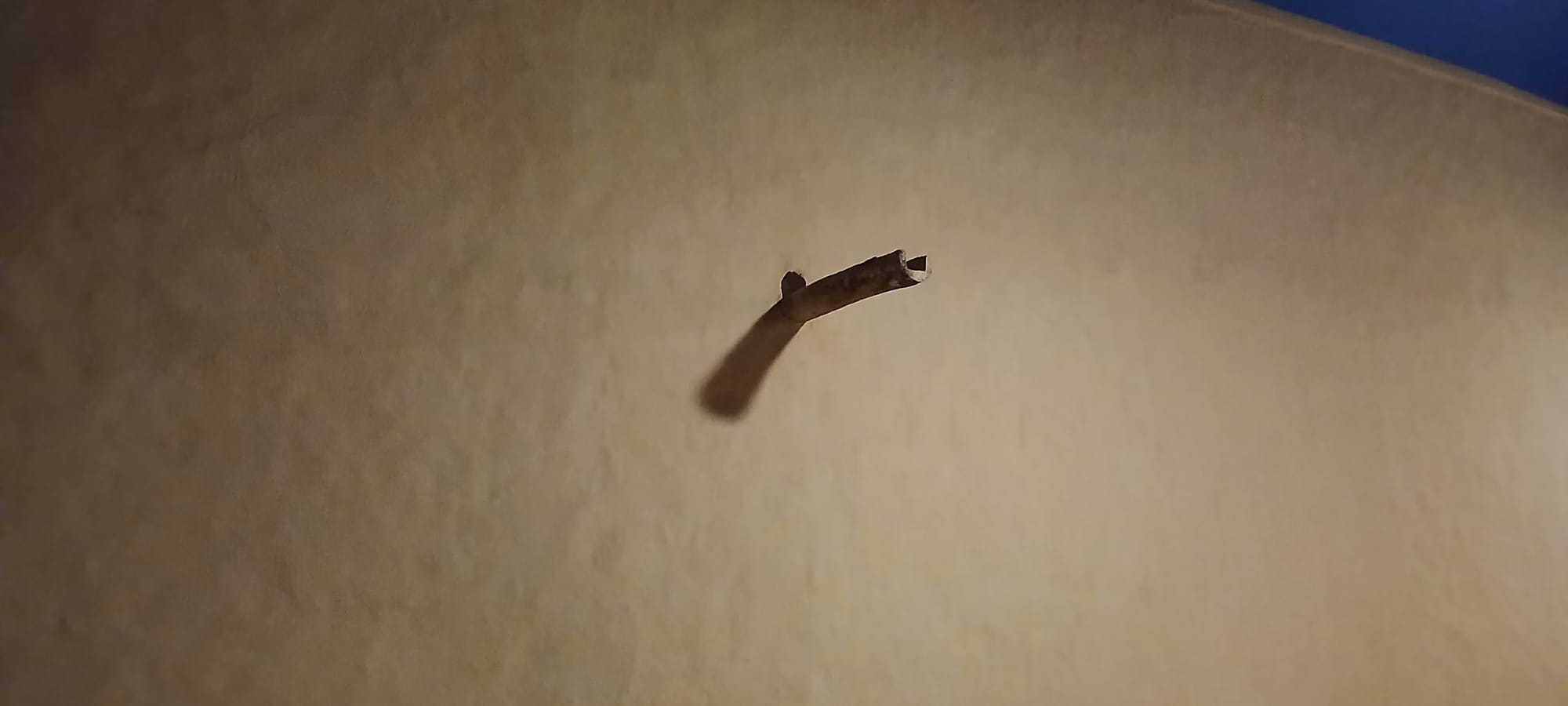
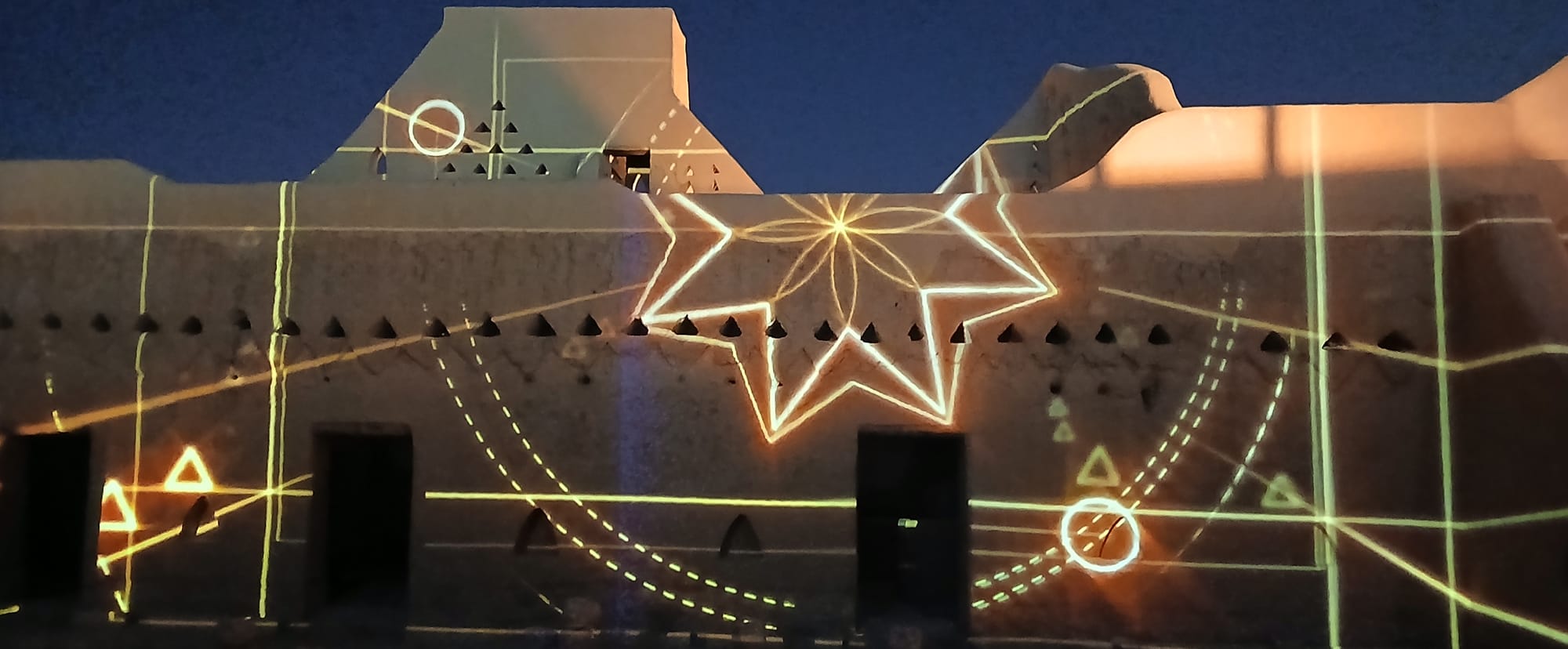
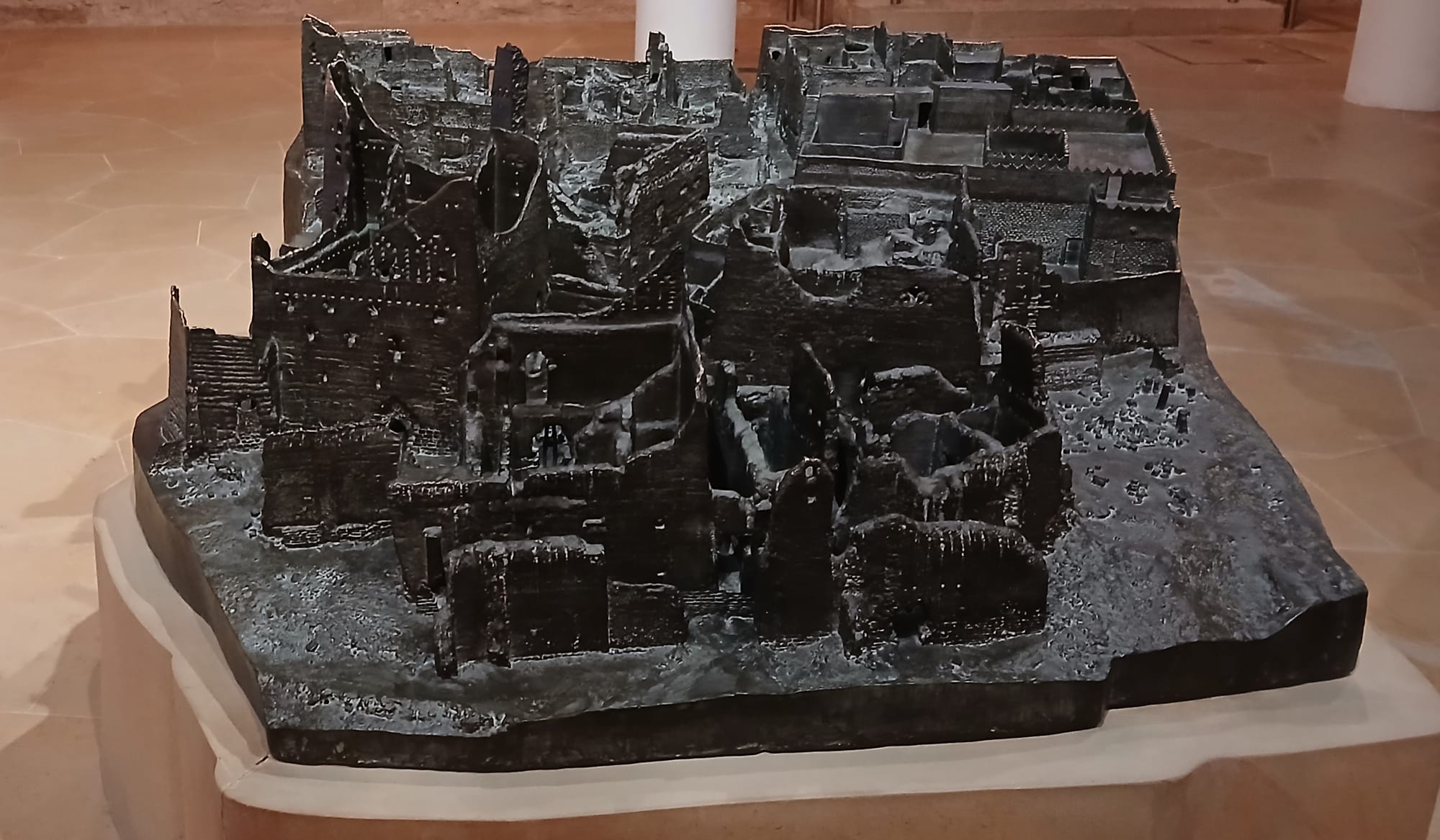
piping hot beats accompanied the projections, and see the model? it reminded me of a story I was told in a museum in Copenhagen, about fractal Africa, how the shape of the village is repeated in each of the houses, and how there is a city, and in the middle of the city is a mosque, and in the mosque there is a model of the city, and in the model of the city, in the middle, there is a mosque, and in the mosque there is a model of the city, and in that model, in the middle, there is a mosque, and in that mosque a model. . . if it should occur that a house is demolished or catches fire and is destroyed, then the models, at smaller and smaller scales, present these same changes. . .
meanwhile, in the museum in At-Taraif:
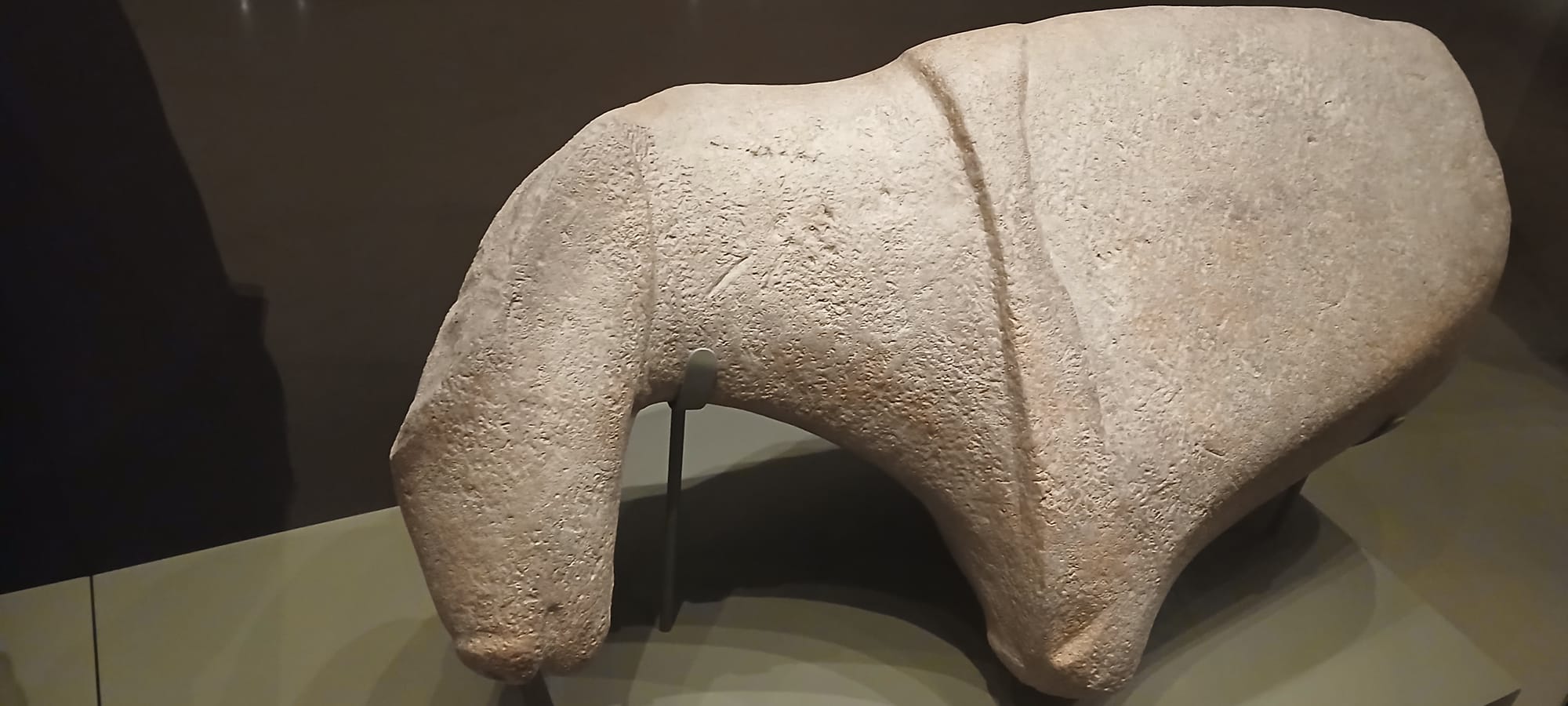
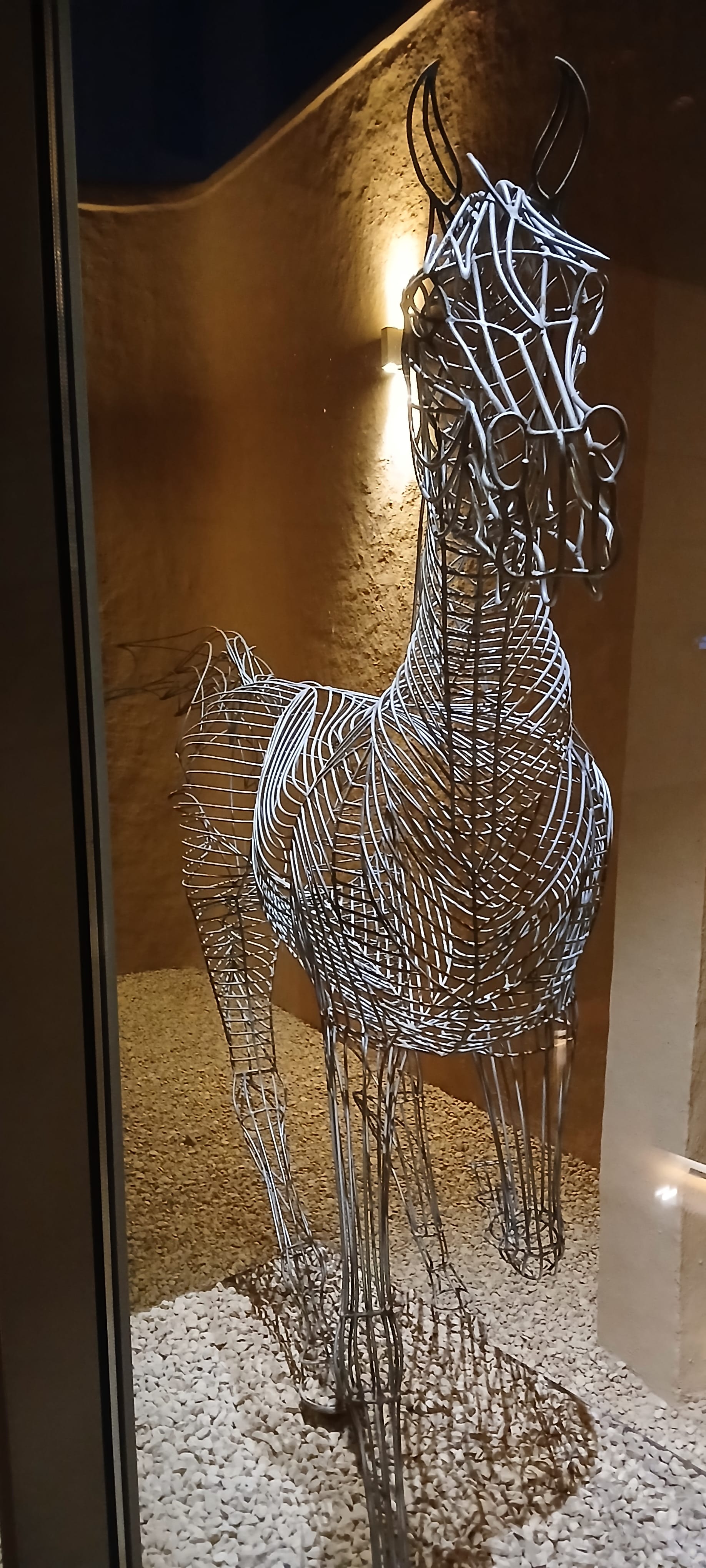
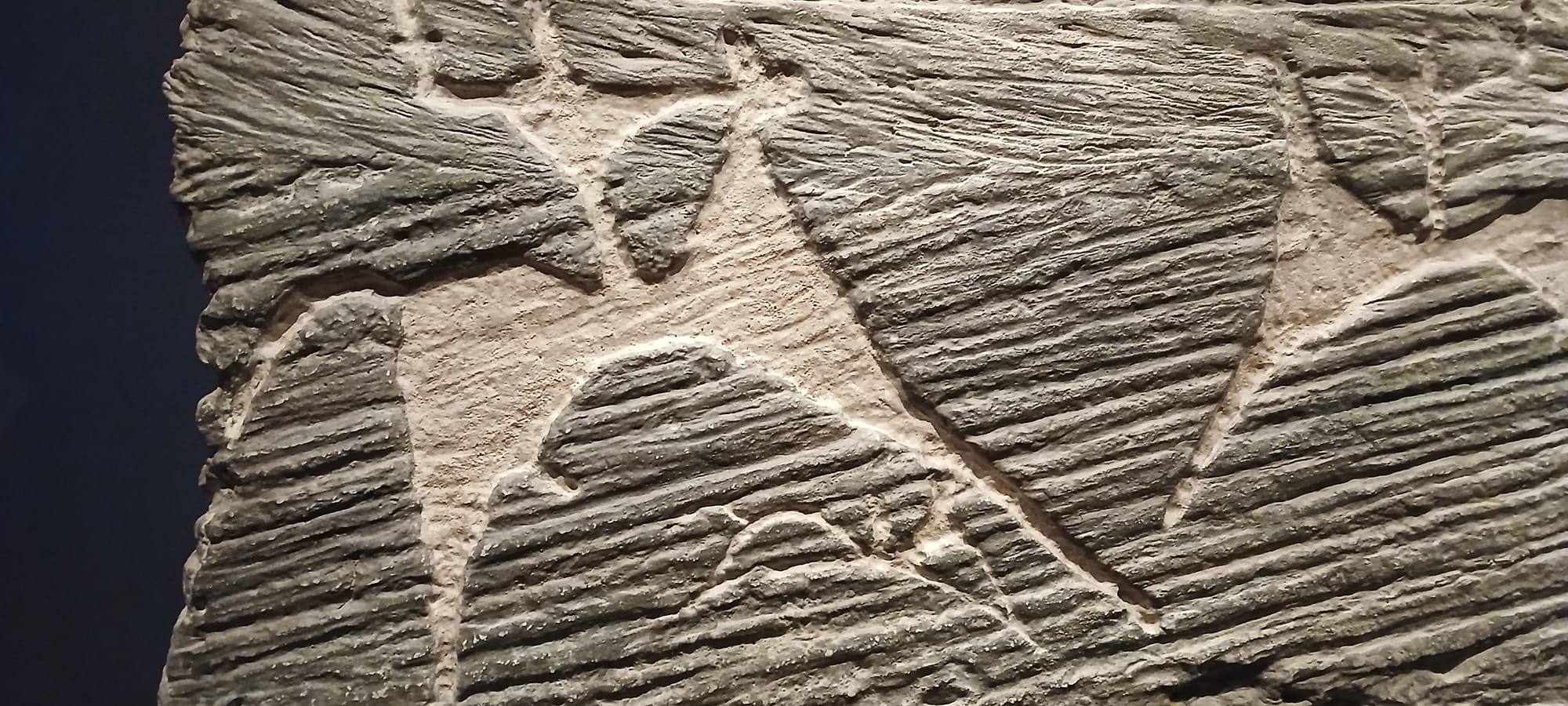
. . .horses. A list on the wall of the Prophet's, pbuh, and what they were known for, one for its beauty, one for its loud neigh, its courage, its speed, and all five for their loyalty and obedience.
Here ends these, of an inexhaustible number, further explanations.
Love from Riyadh,
Simon
PS: Please recommend outsidelight to your friends and theirs
